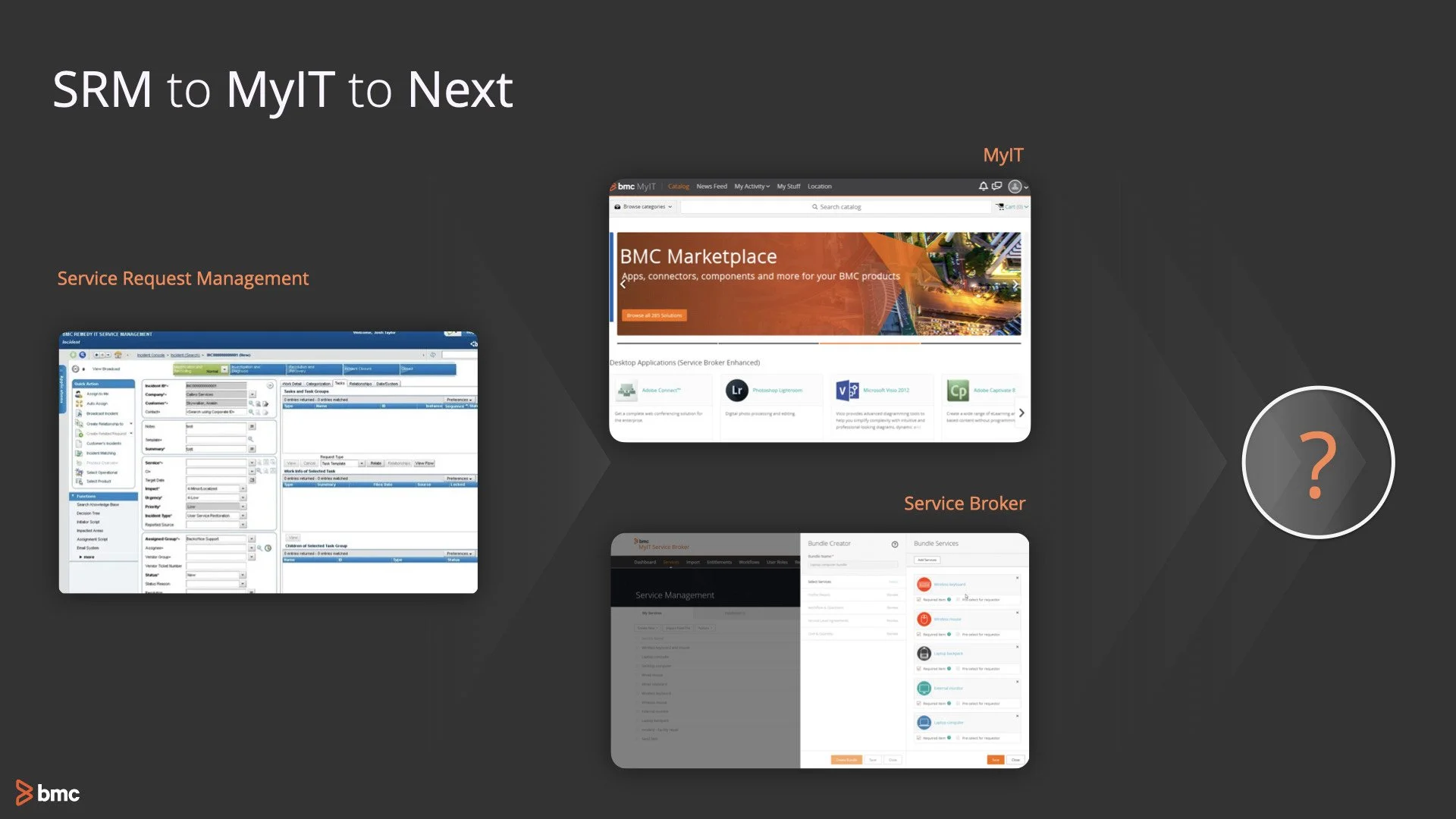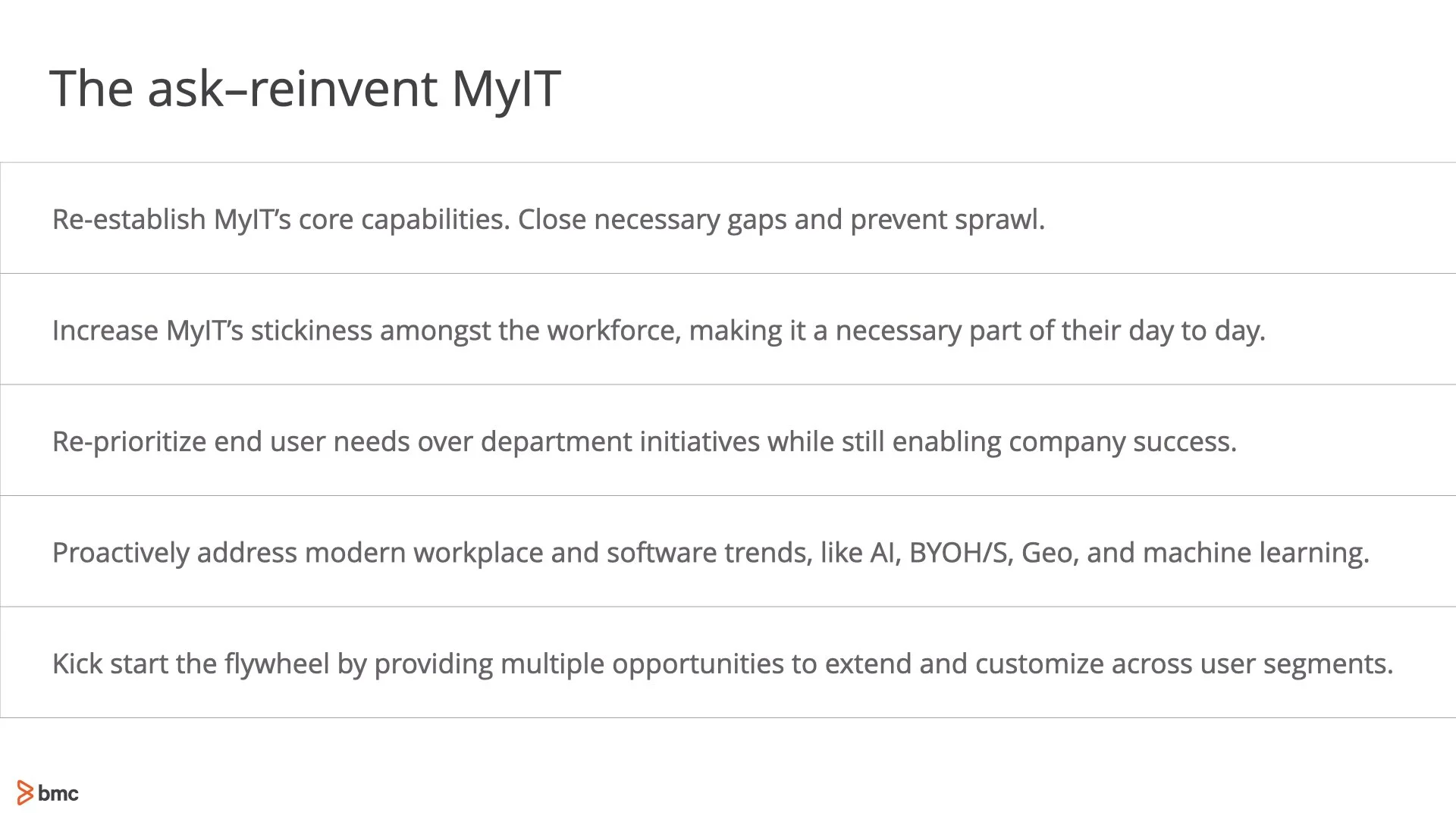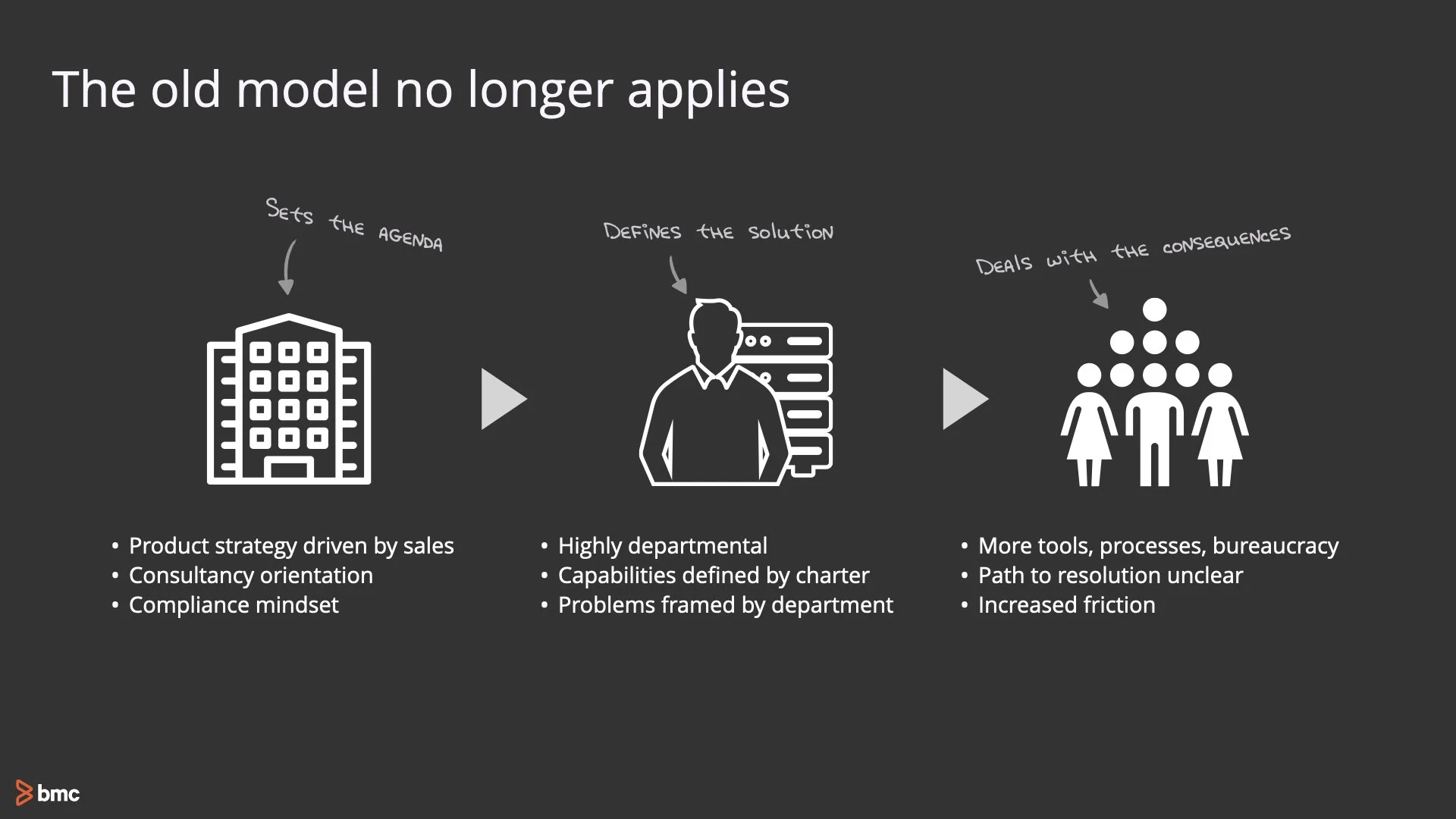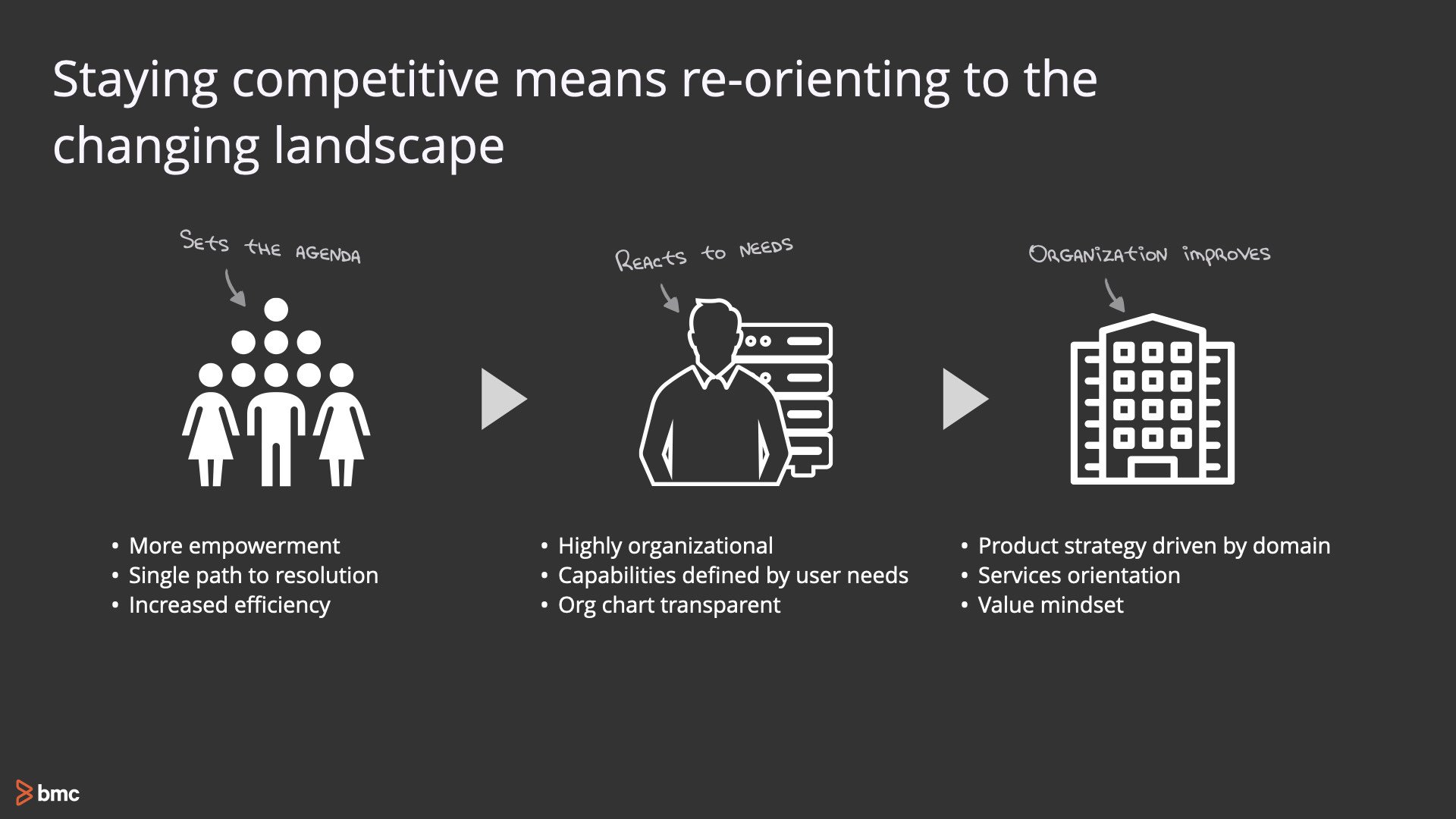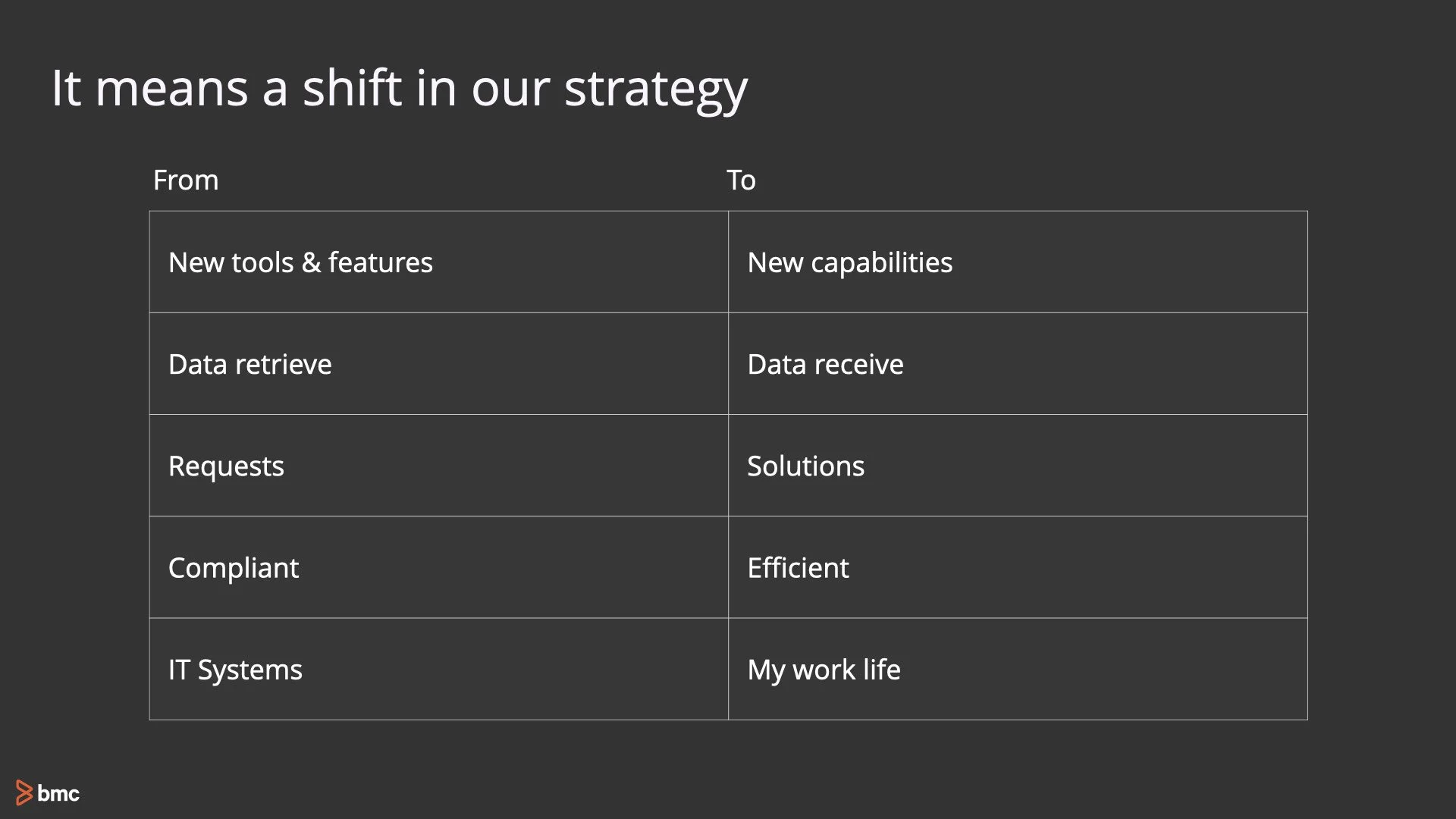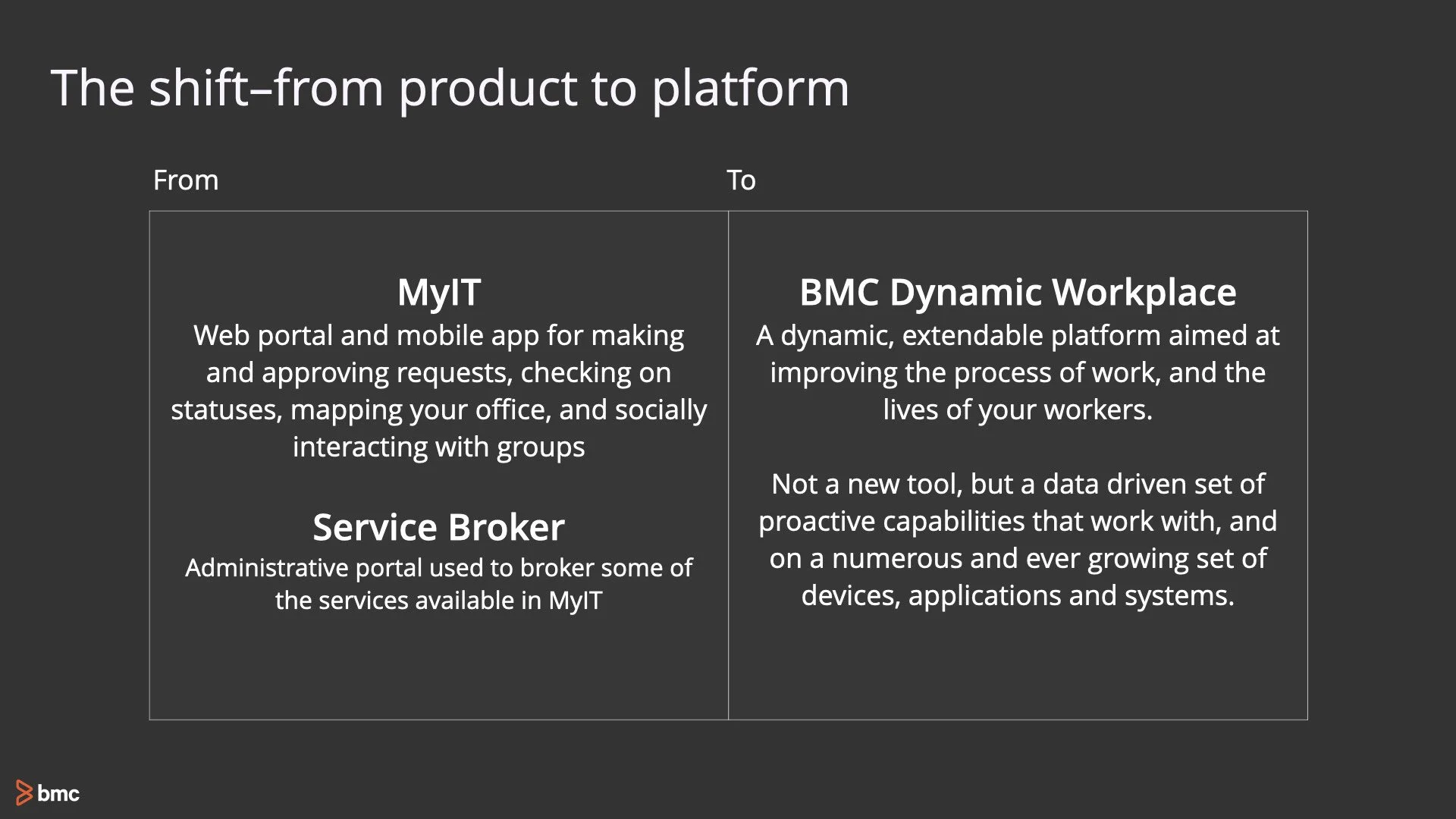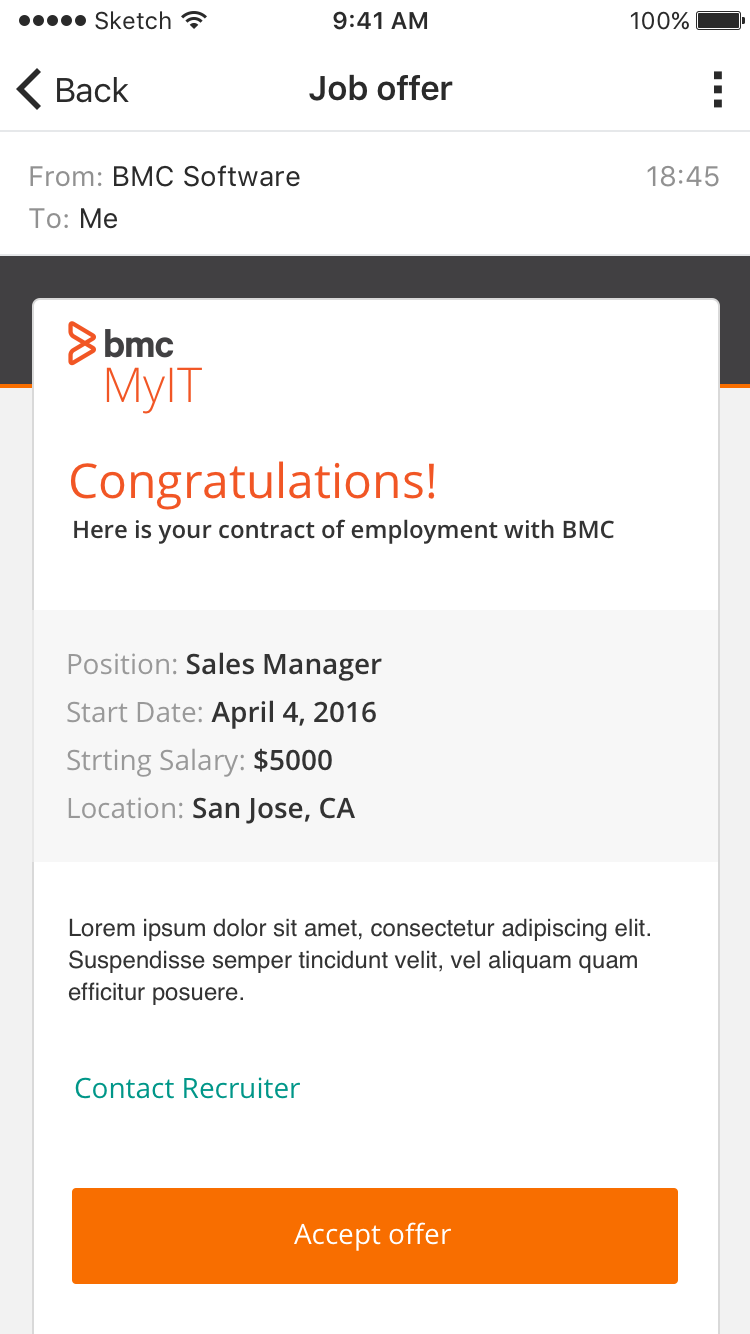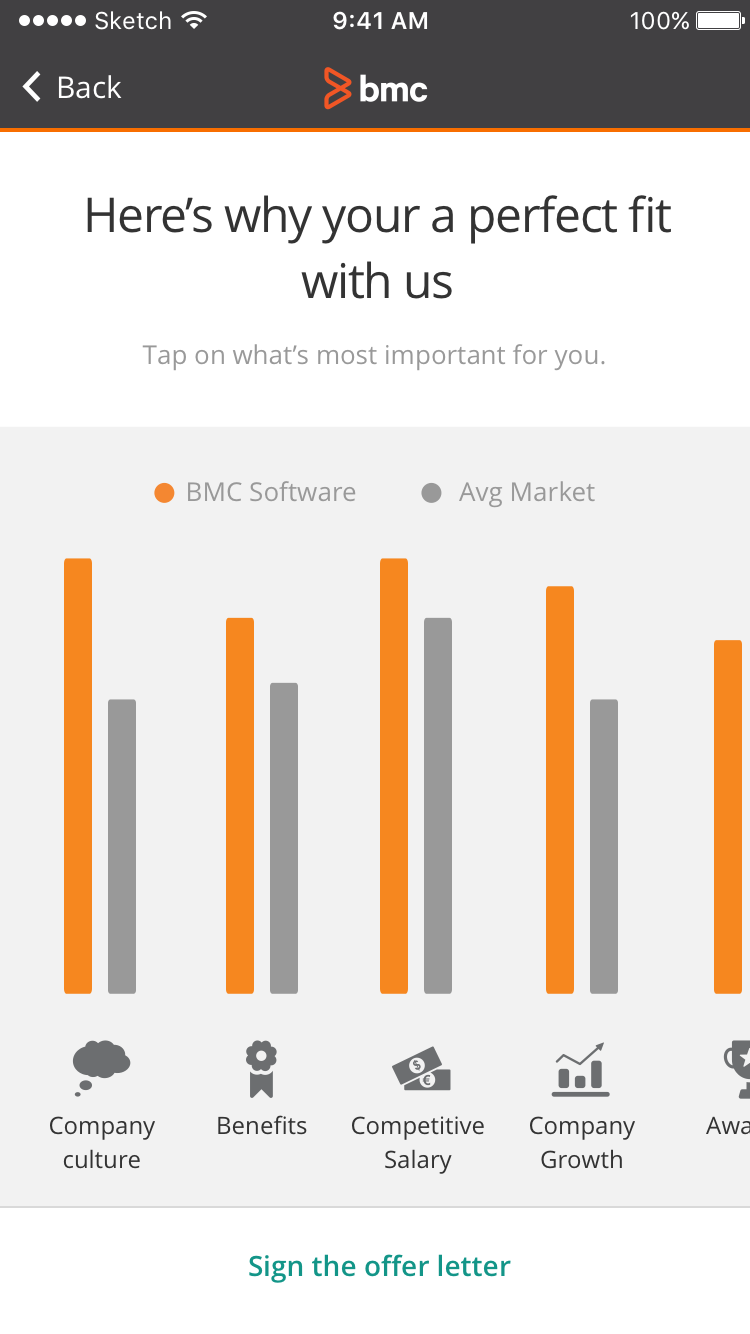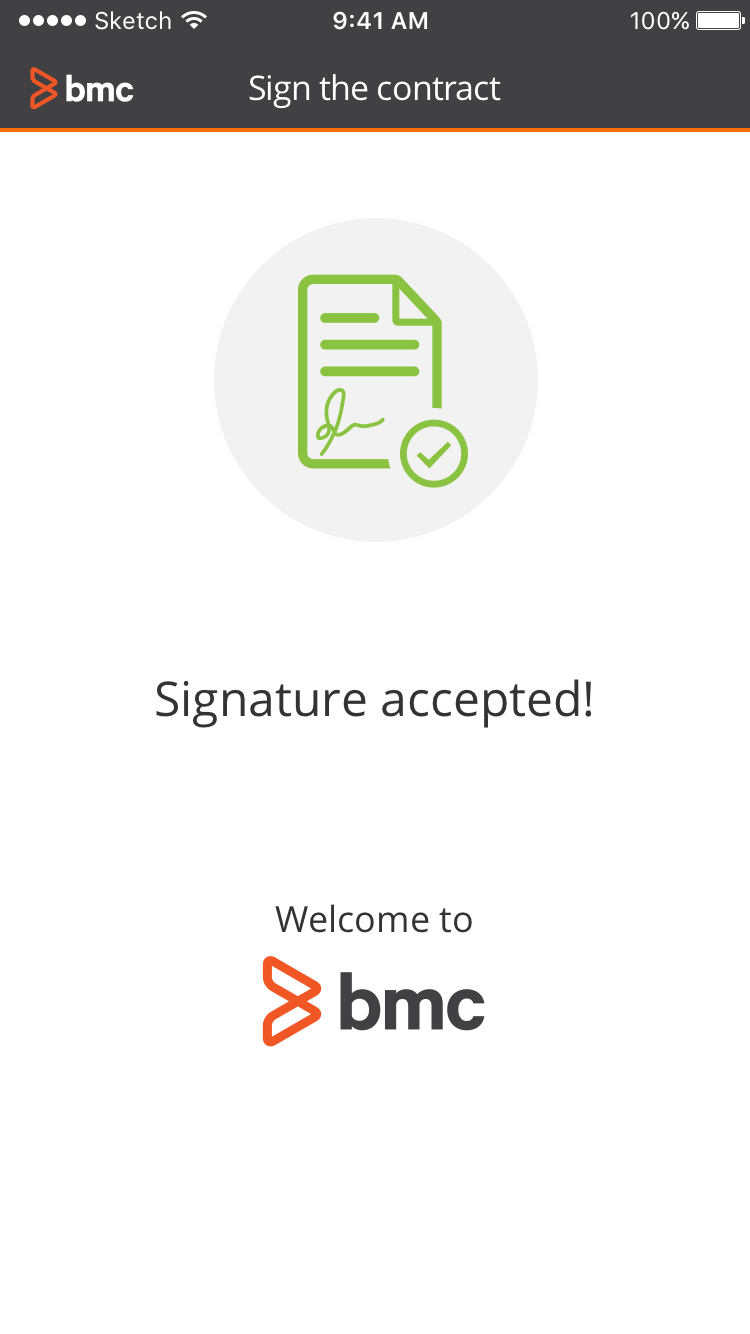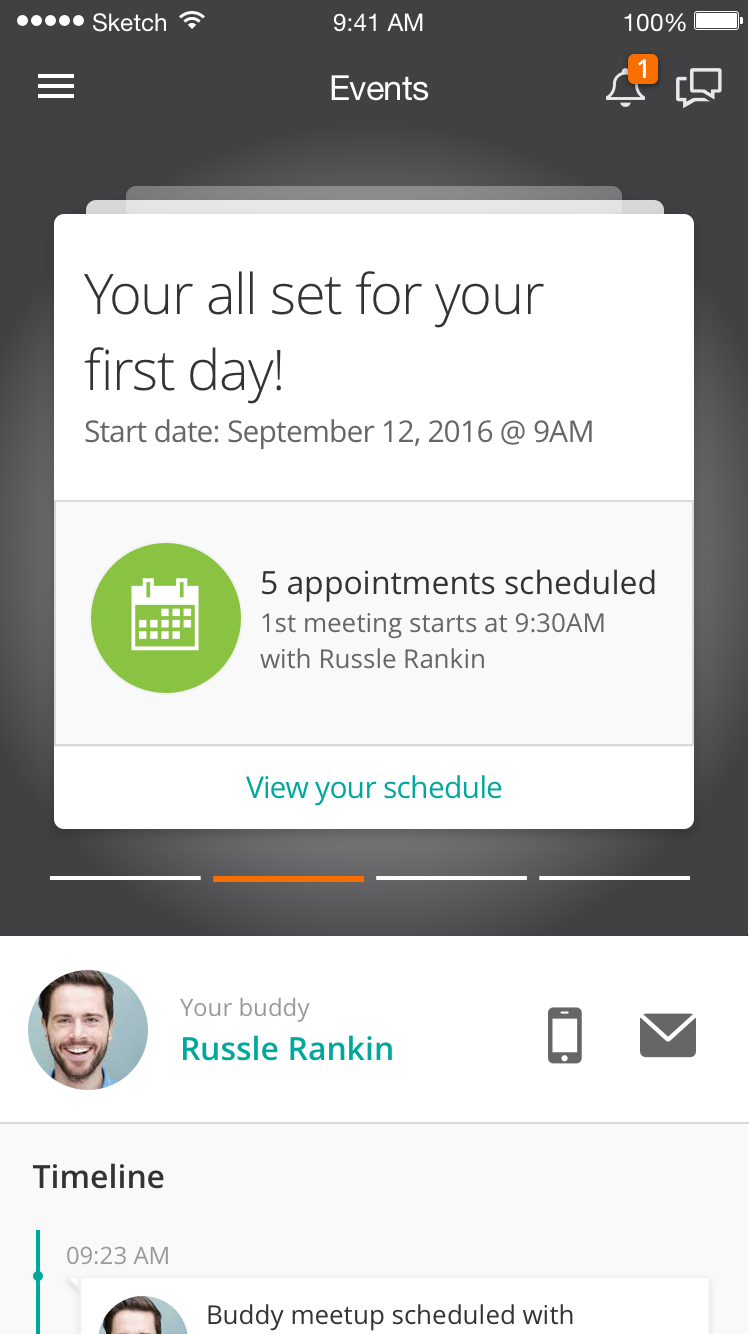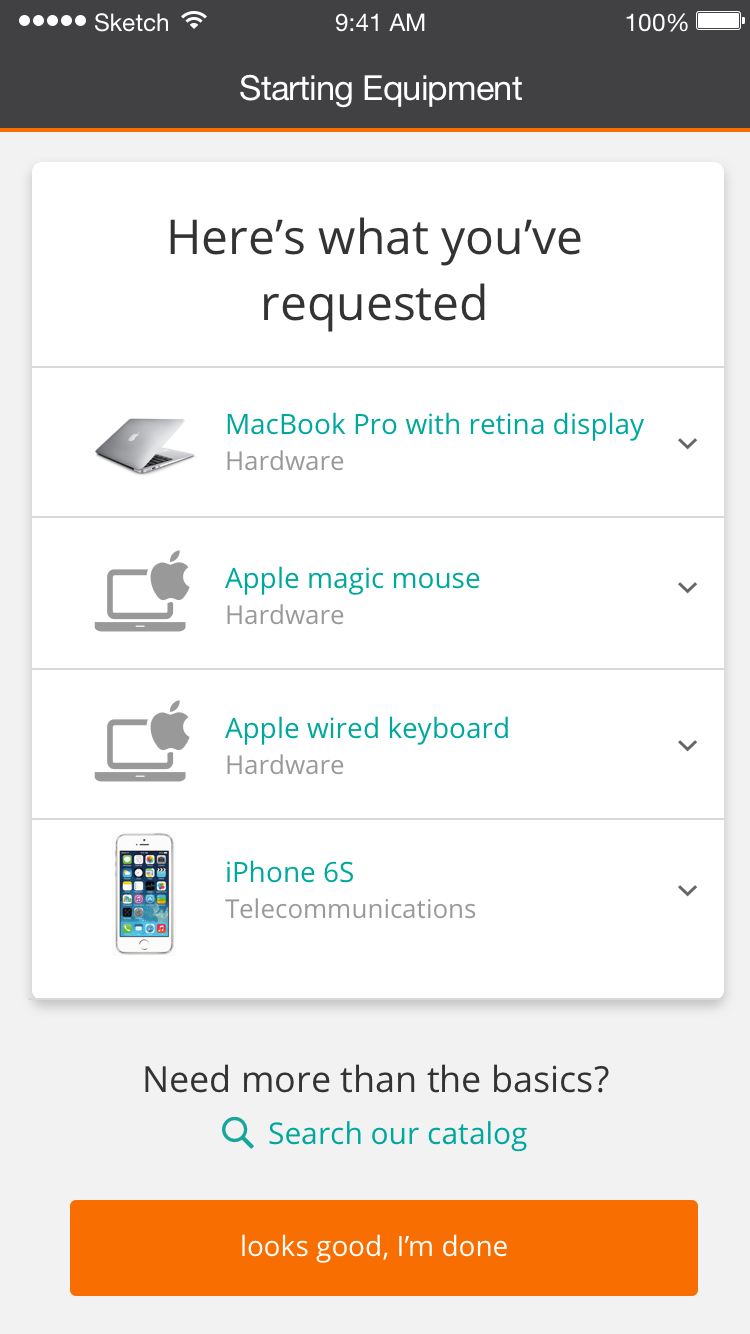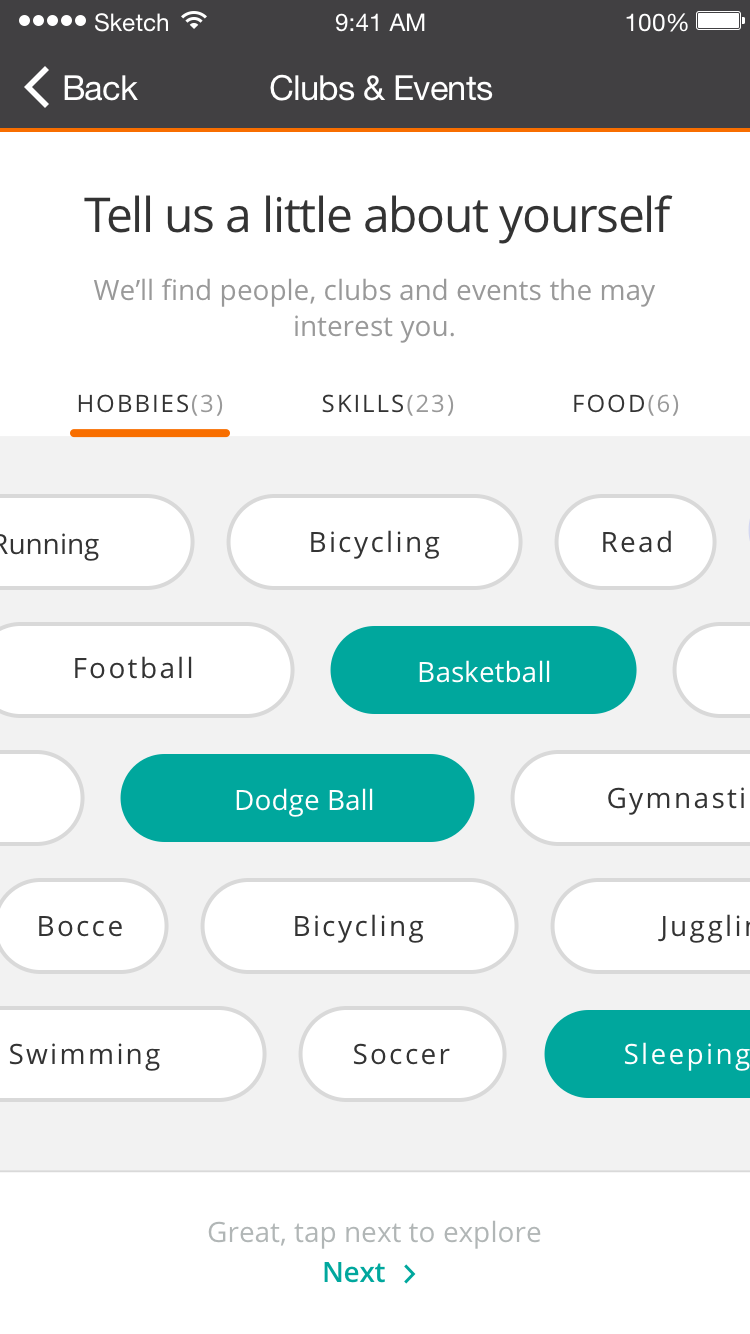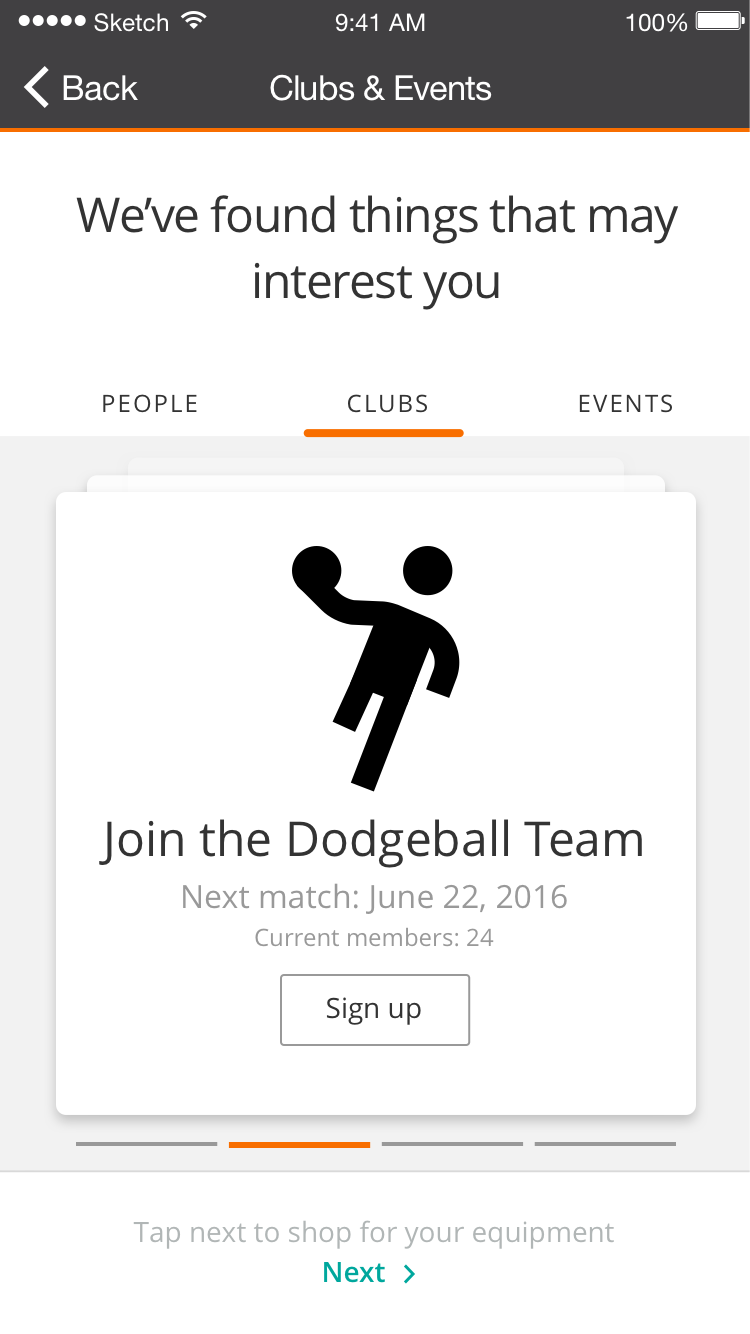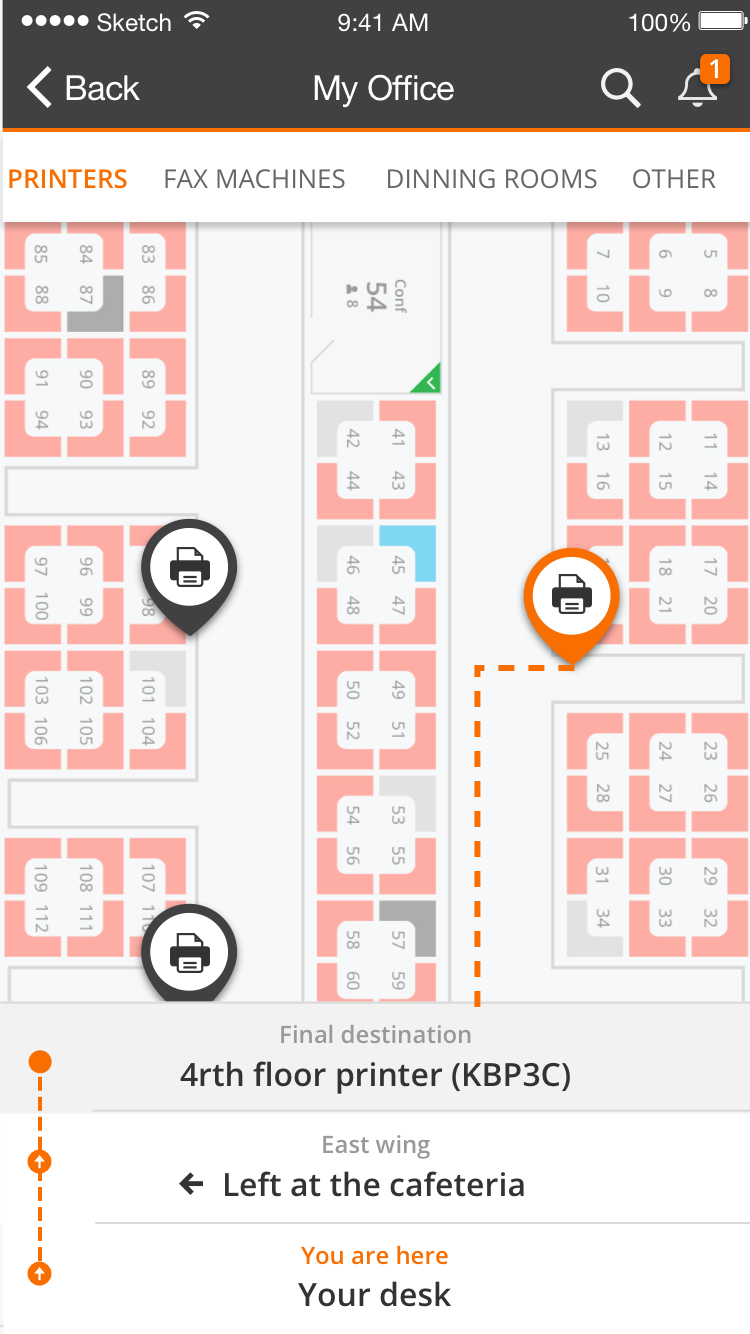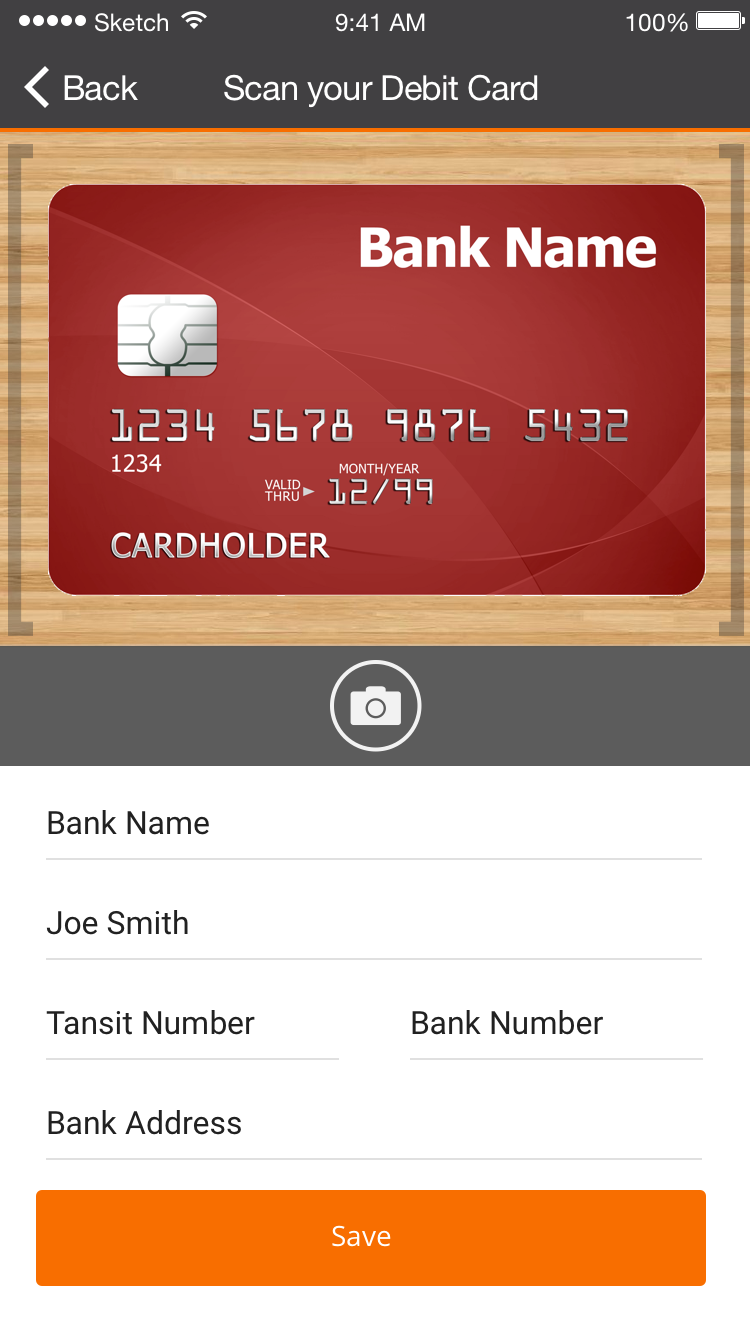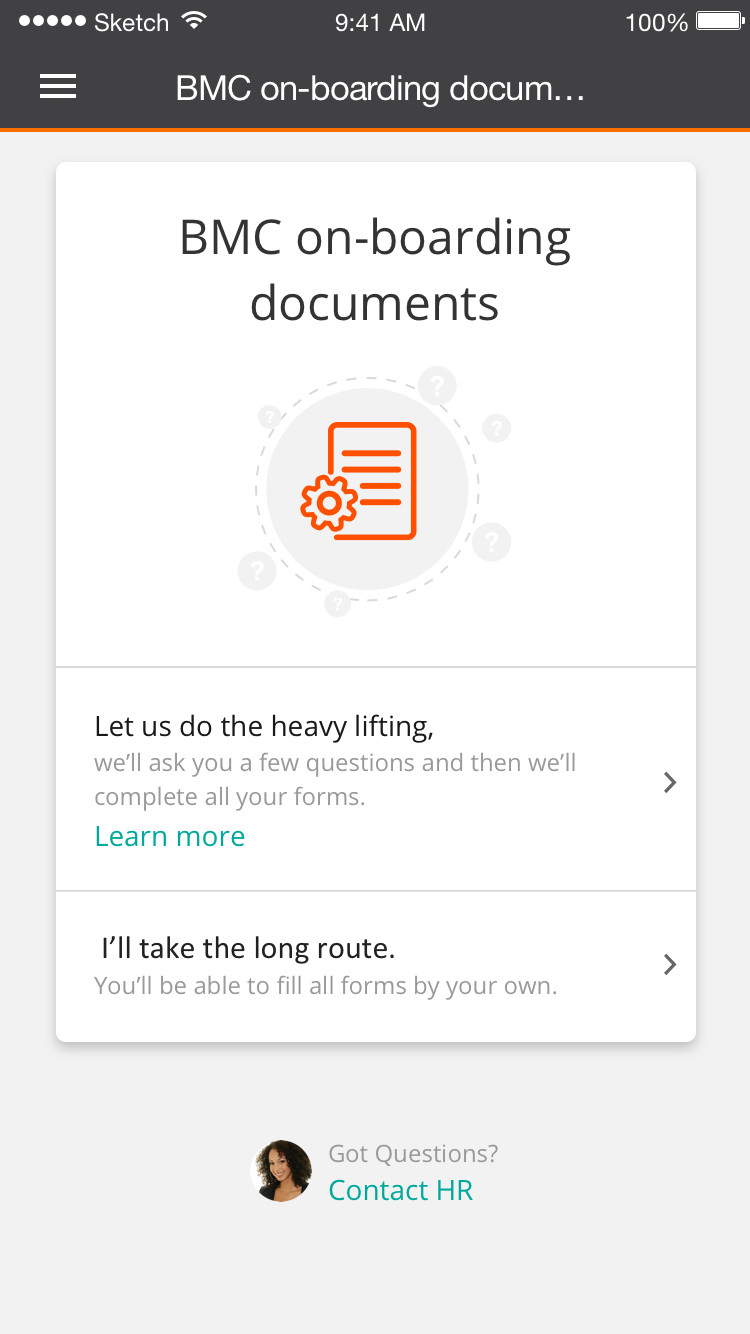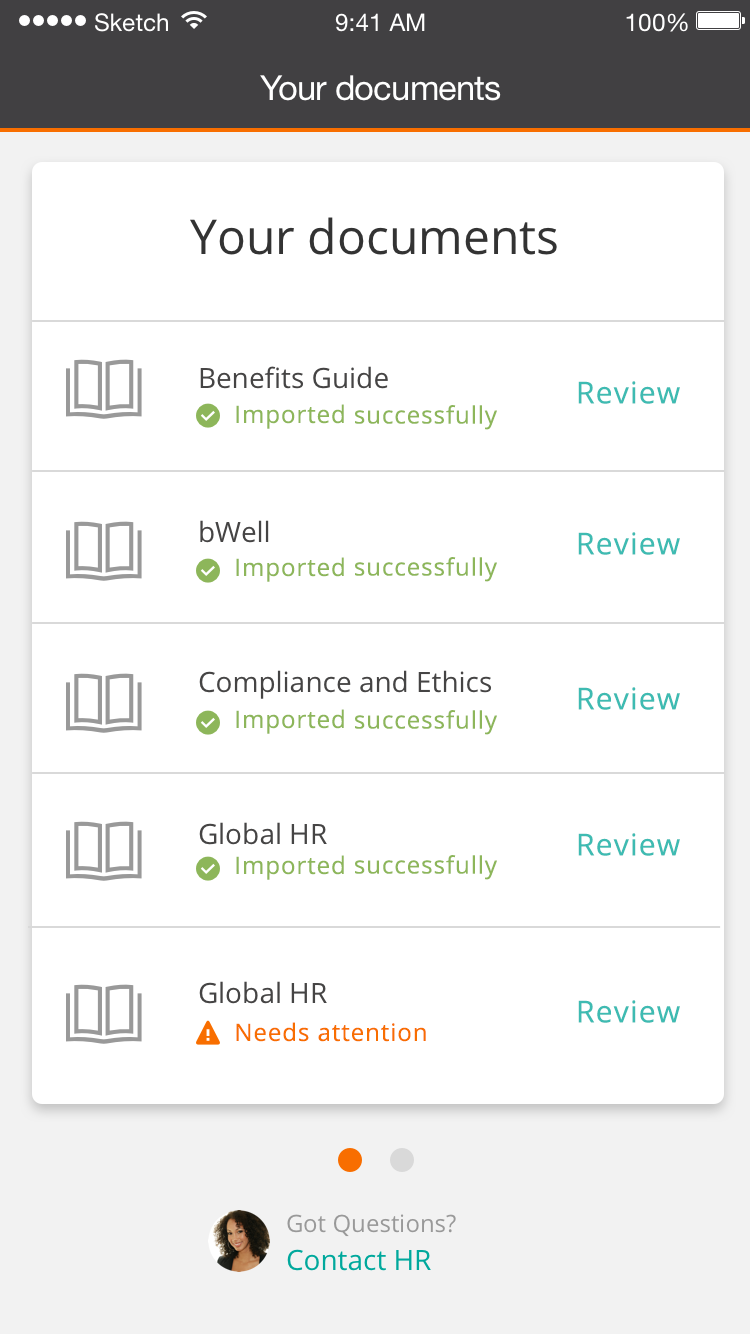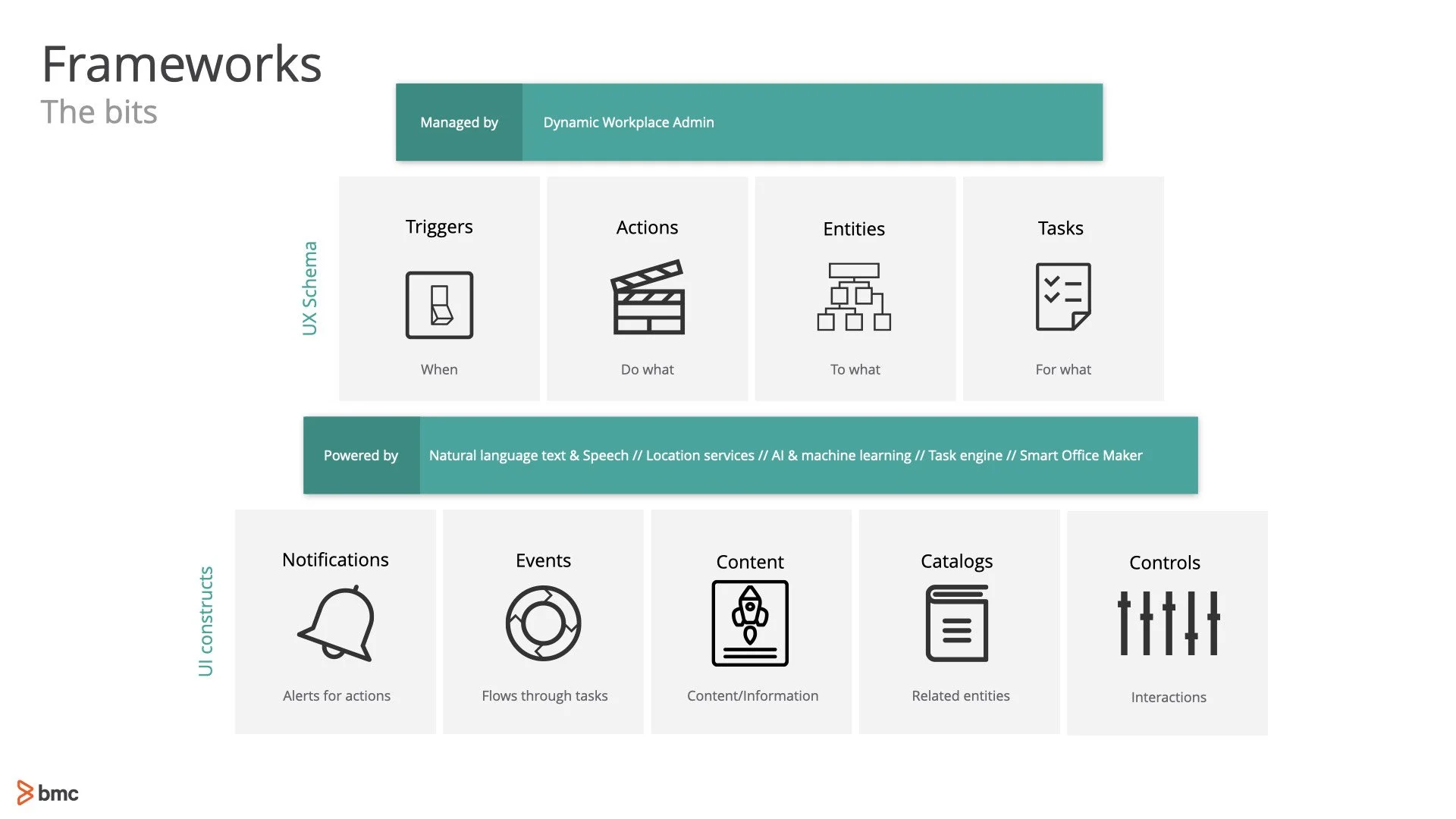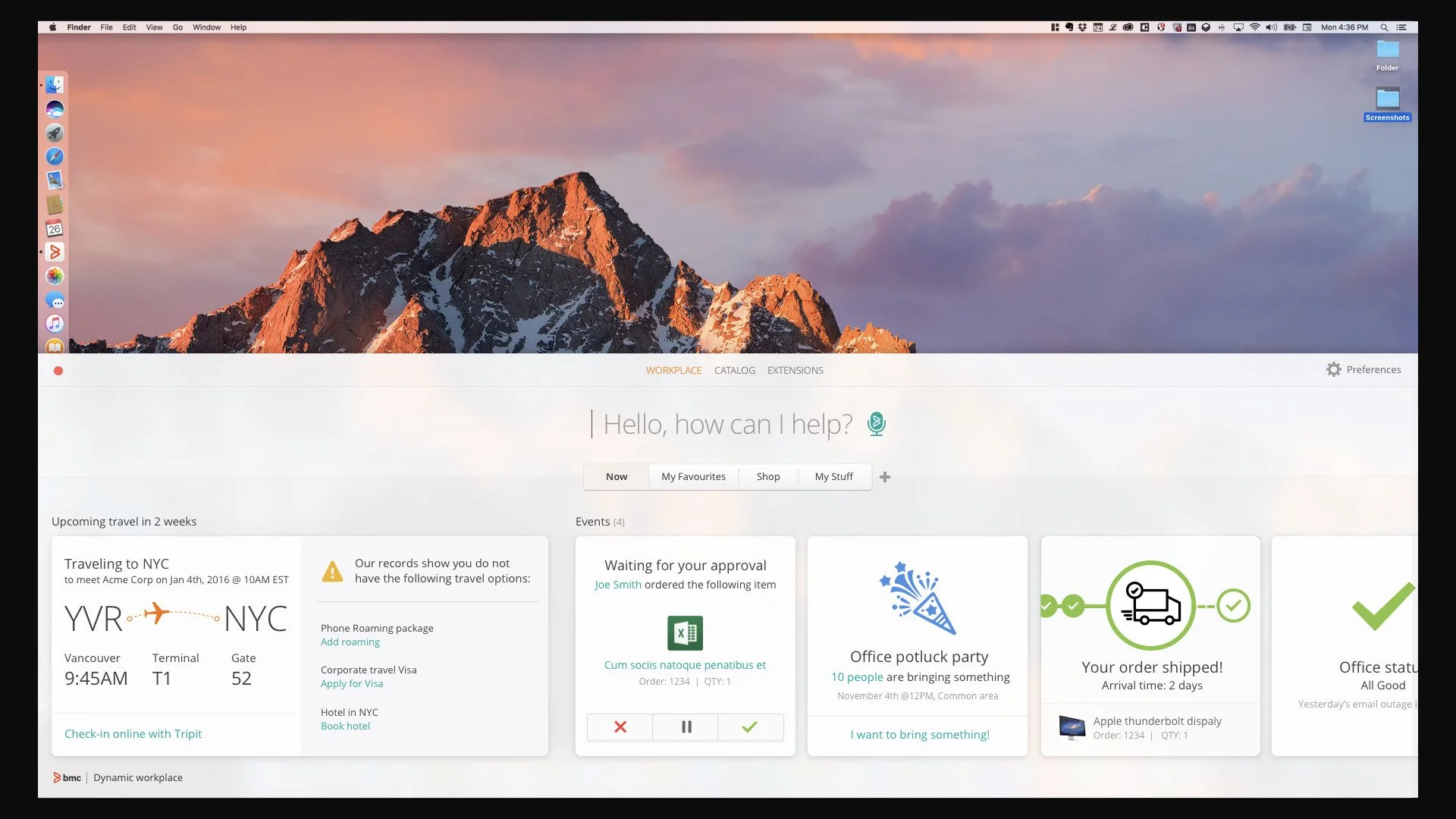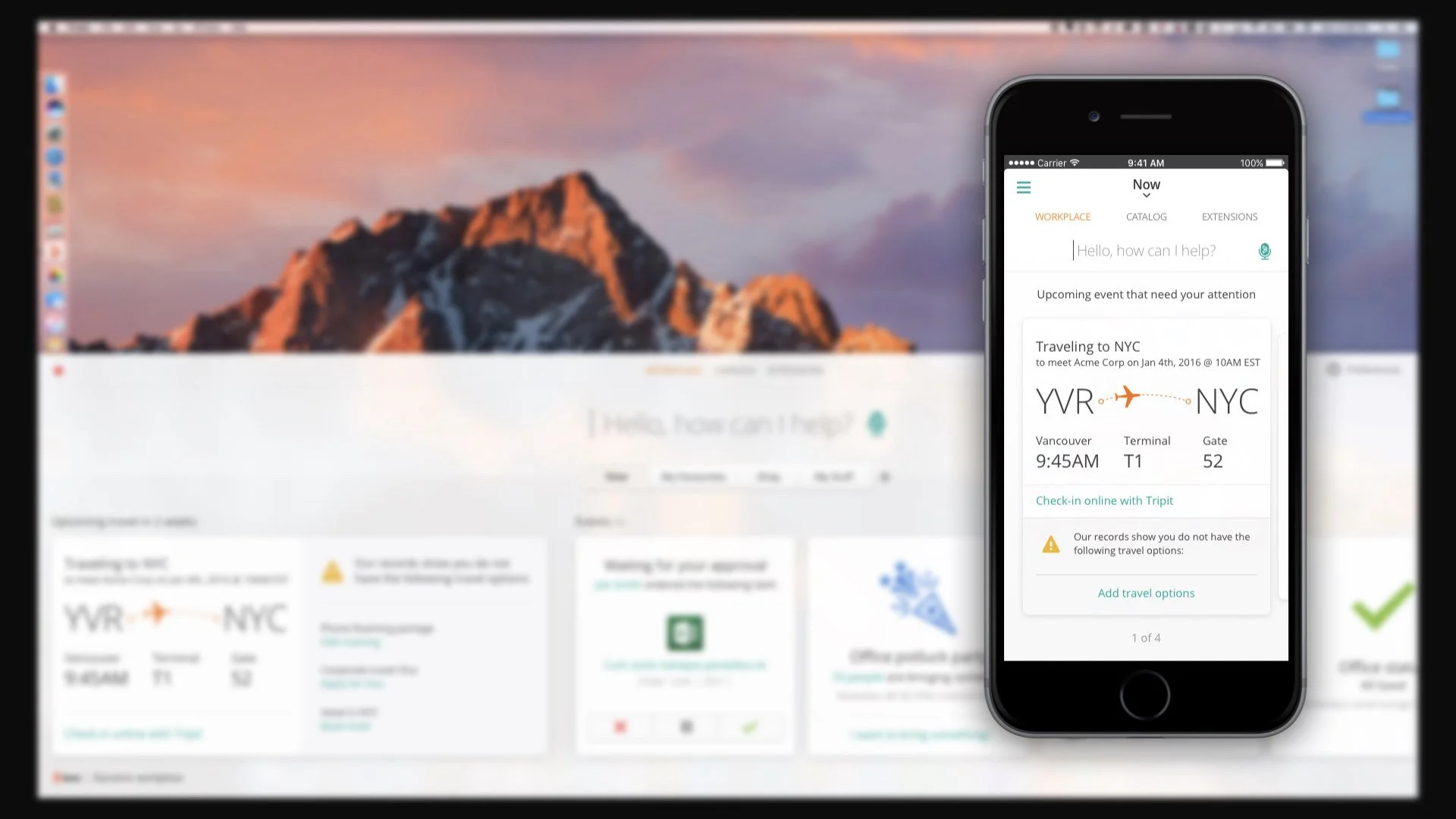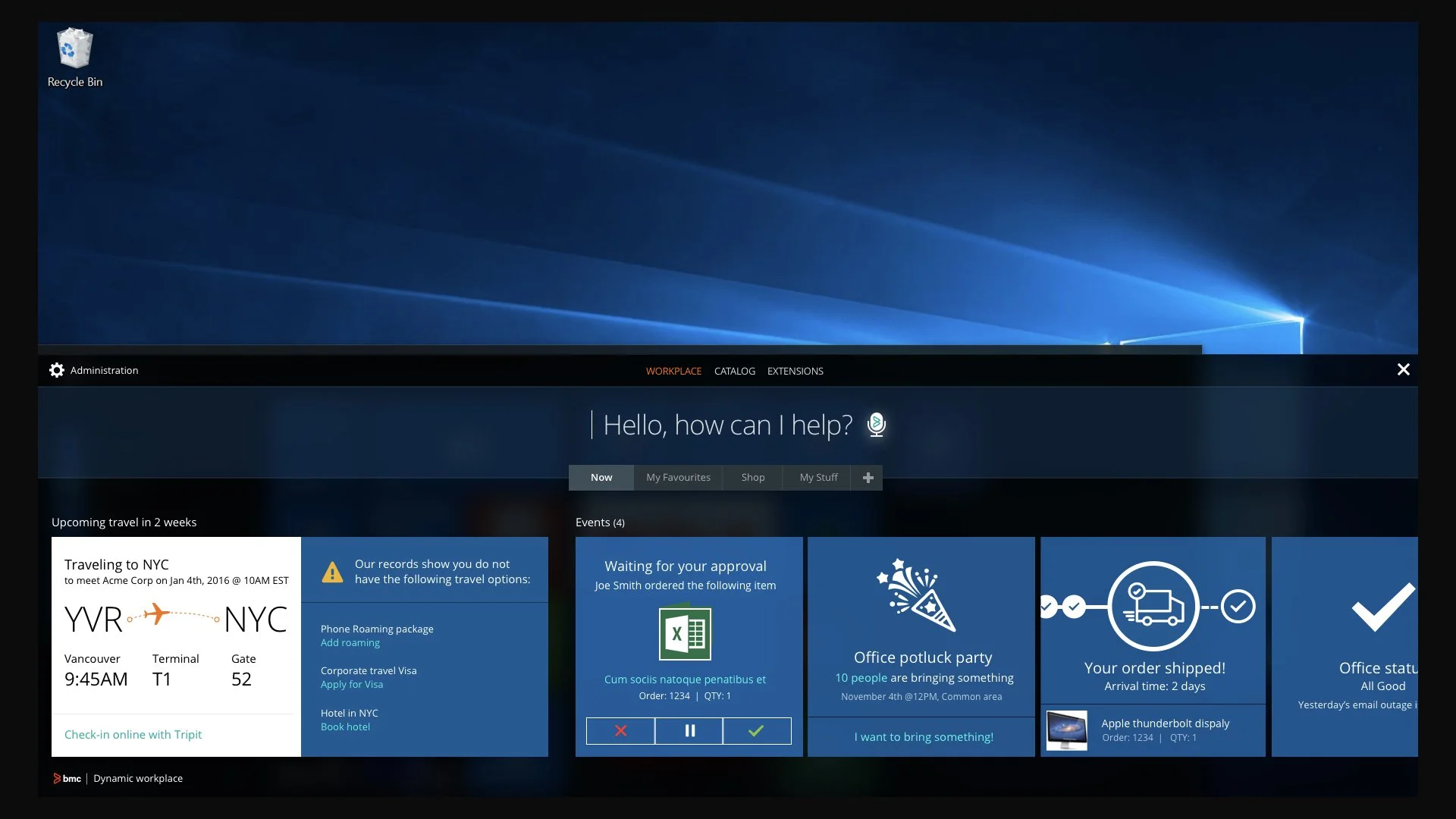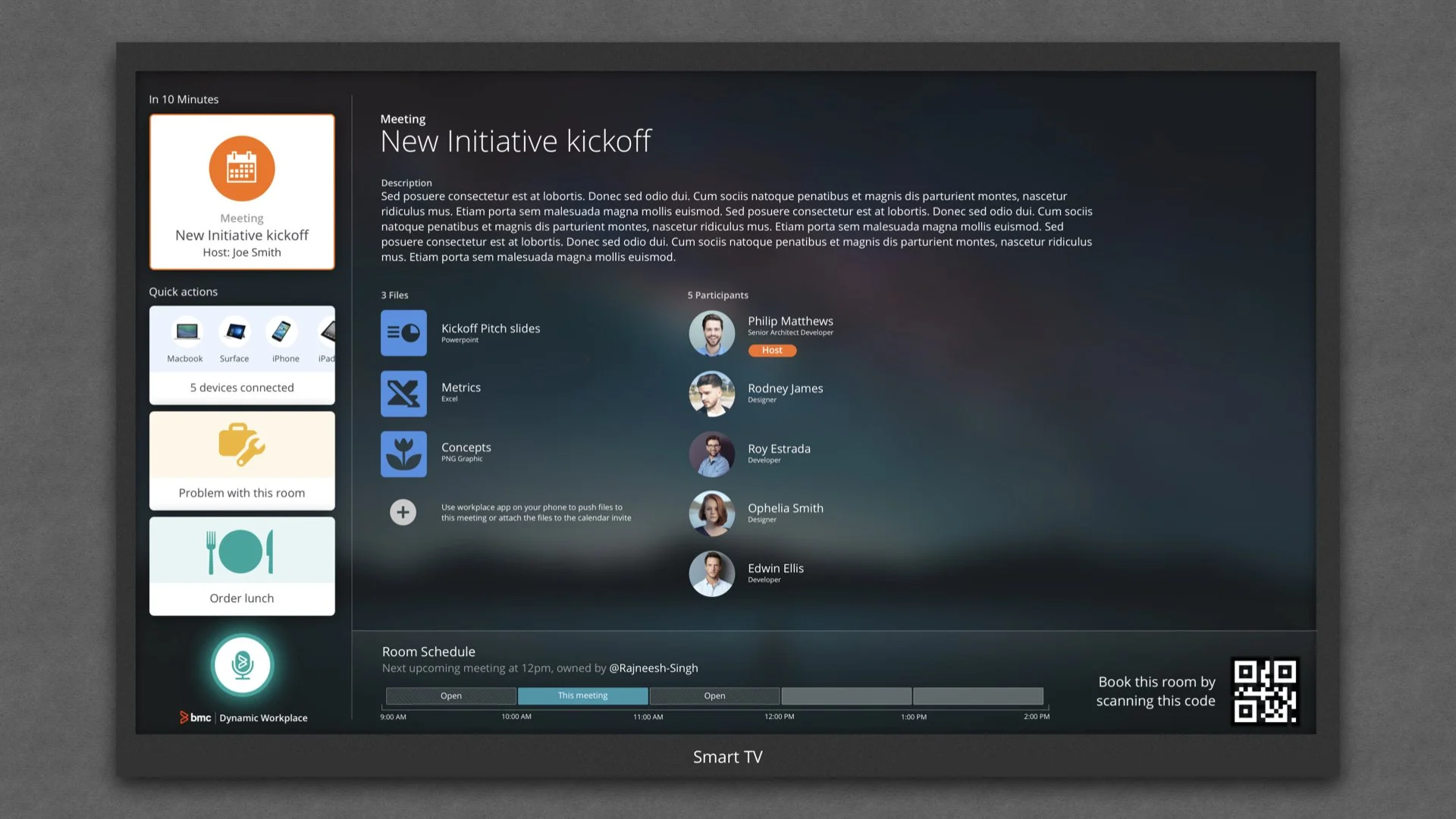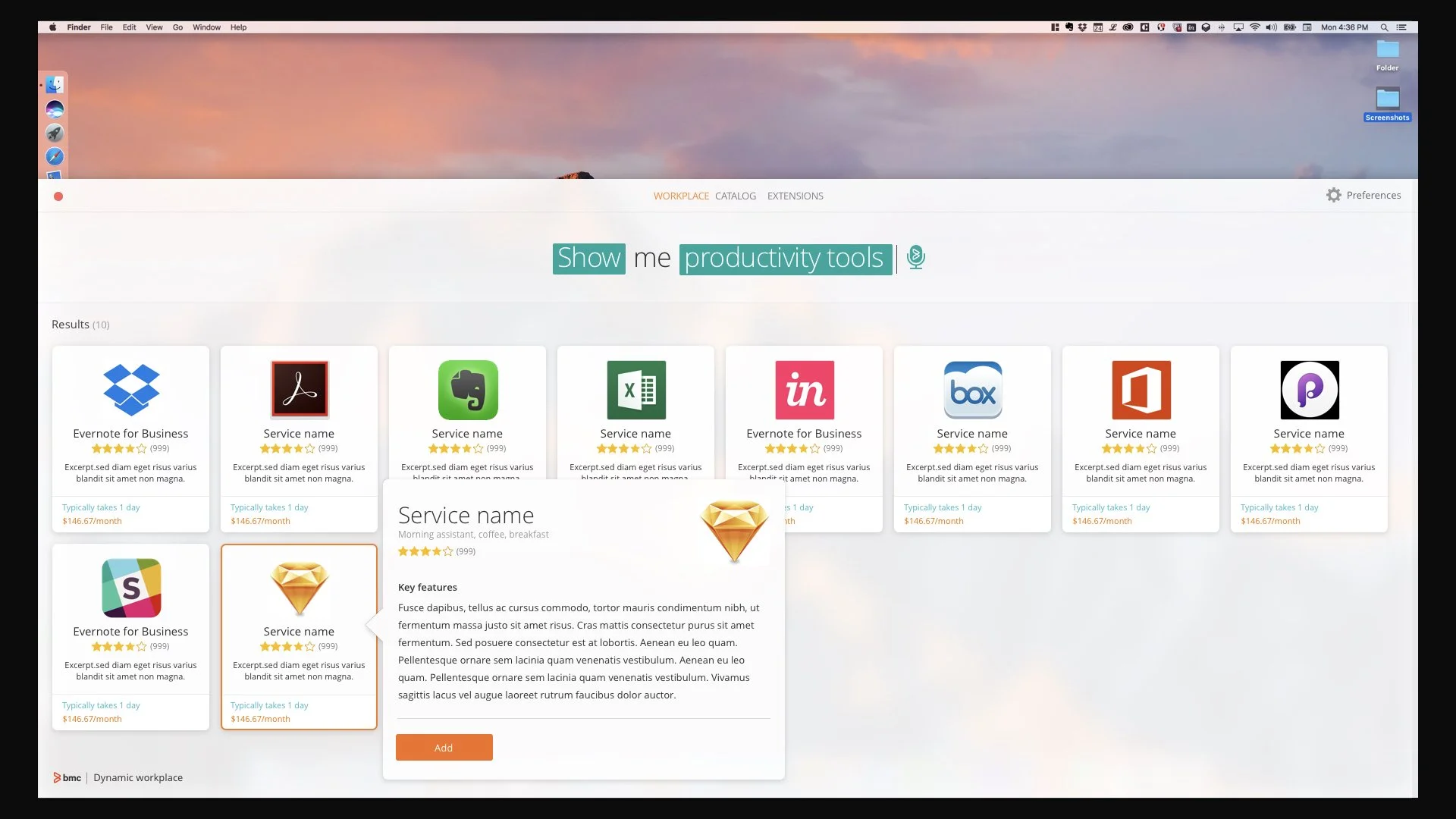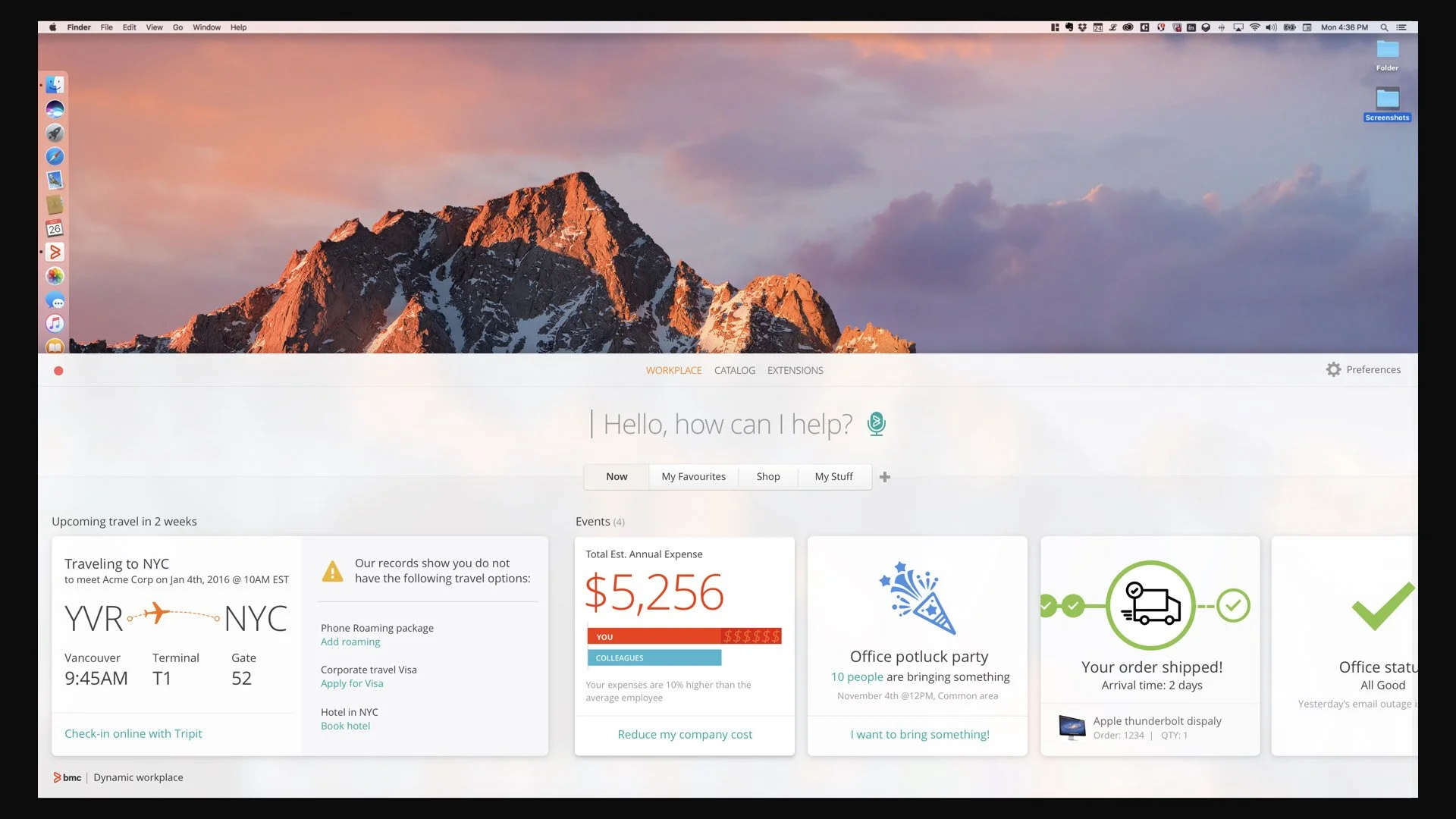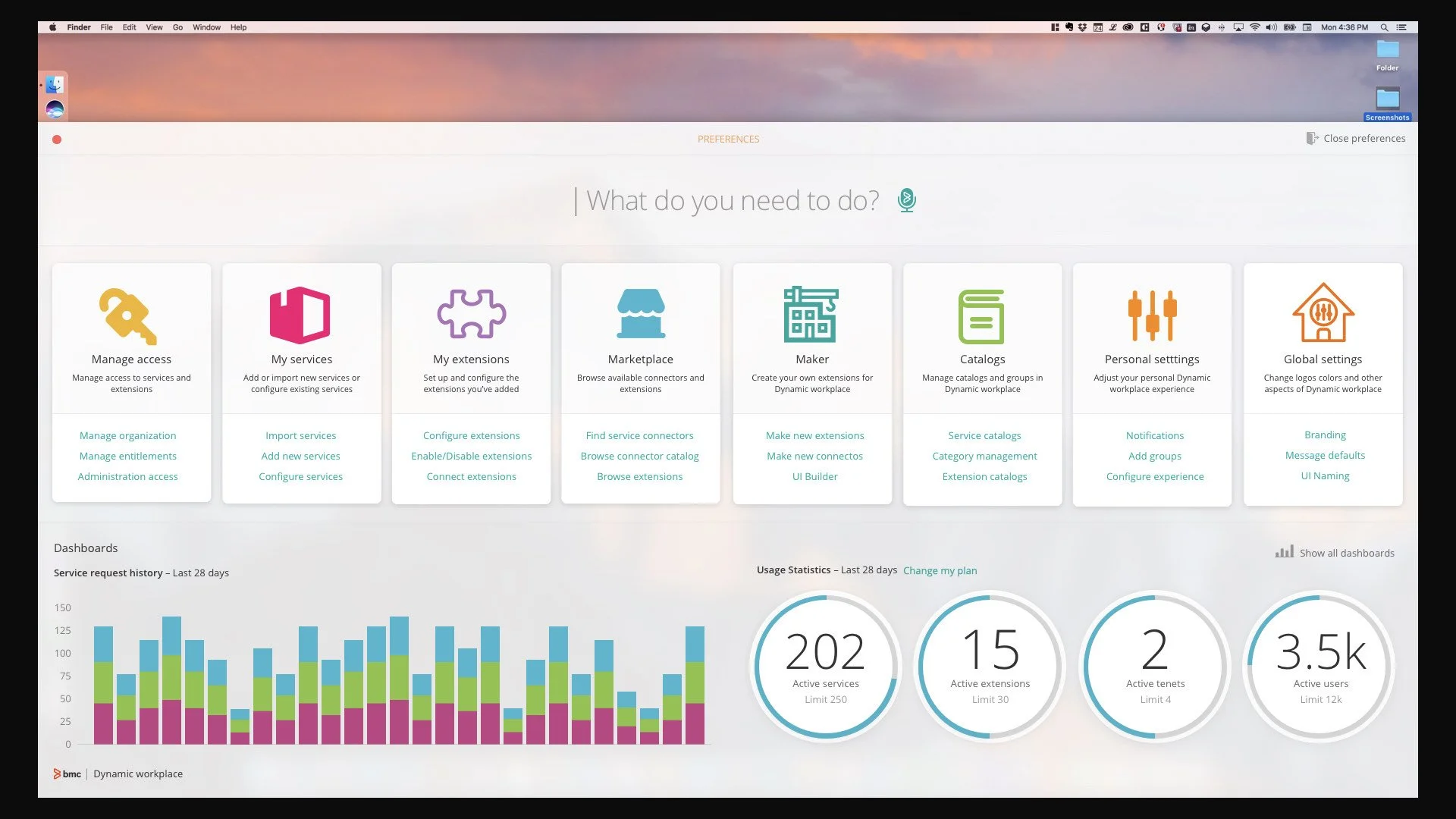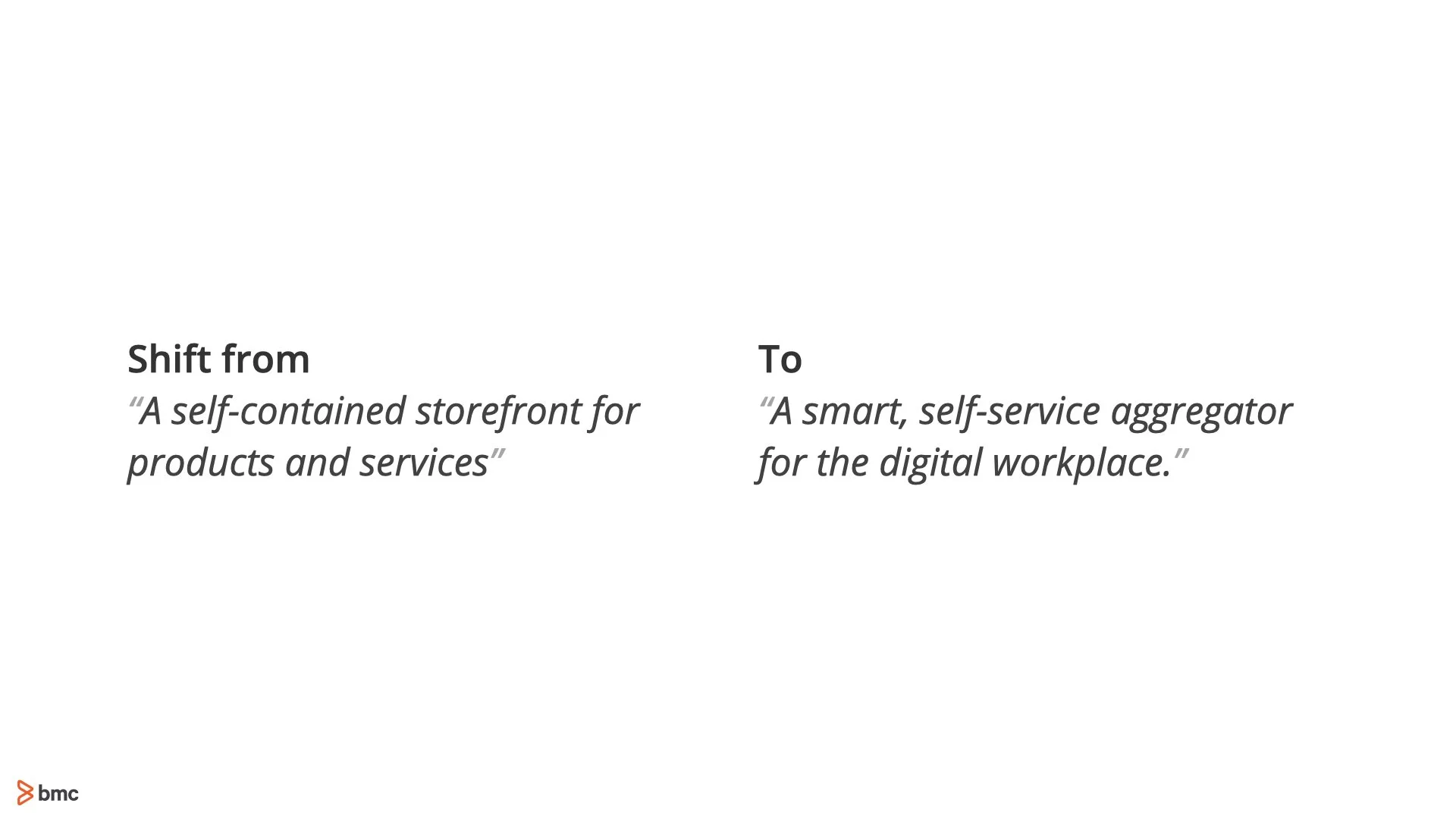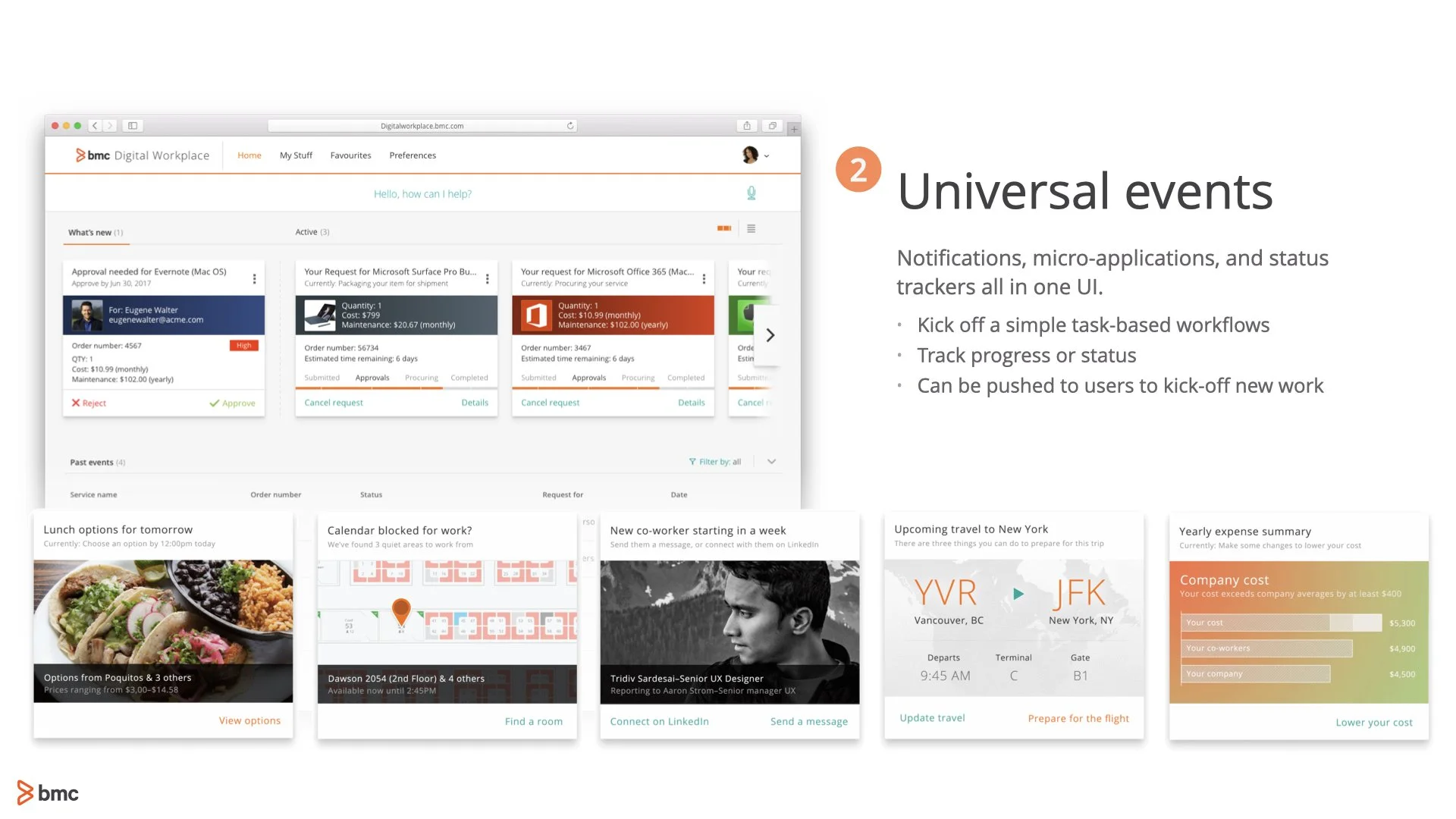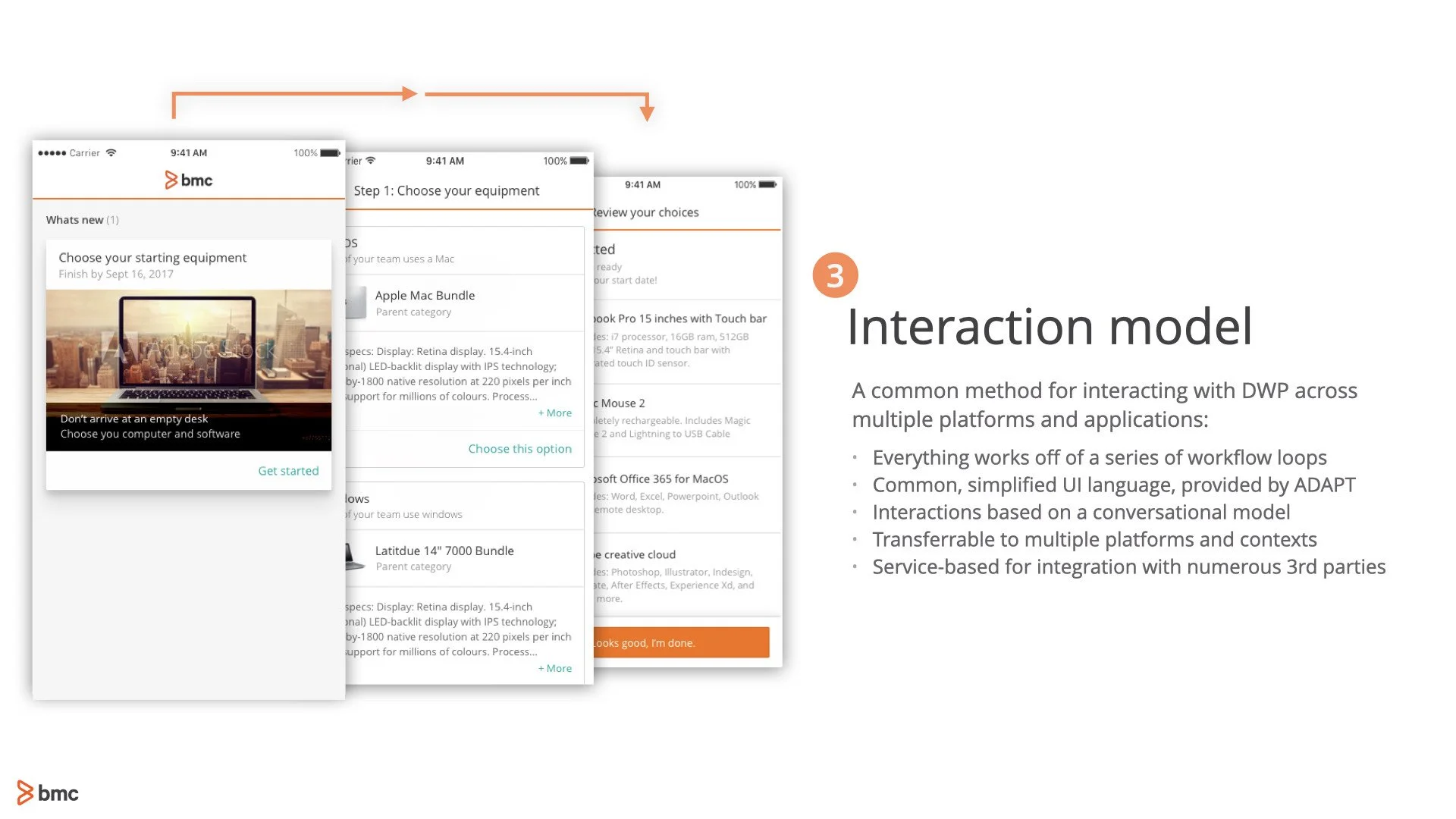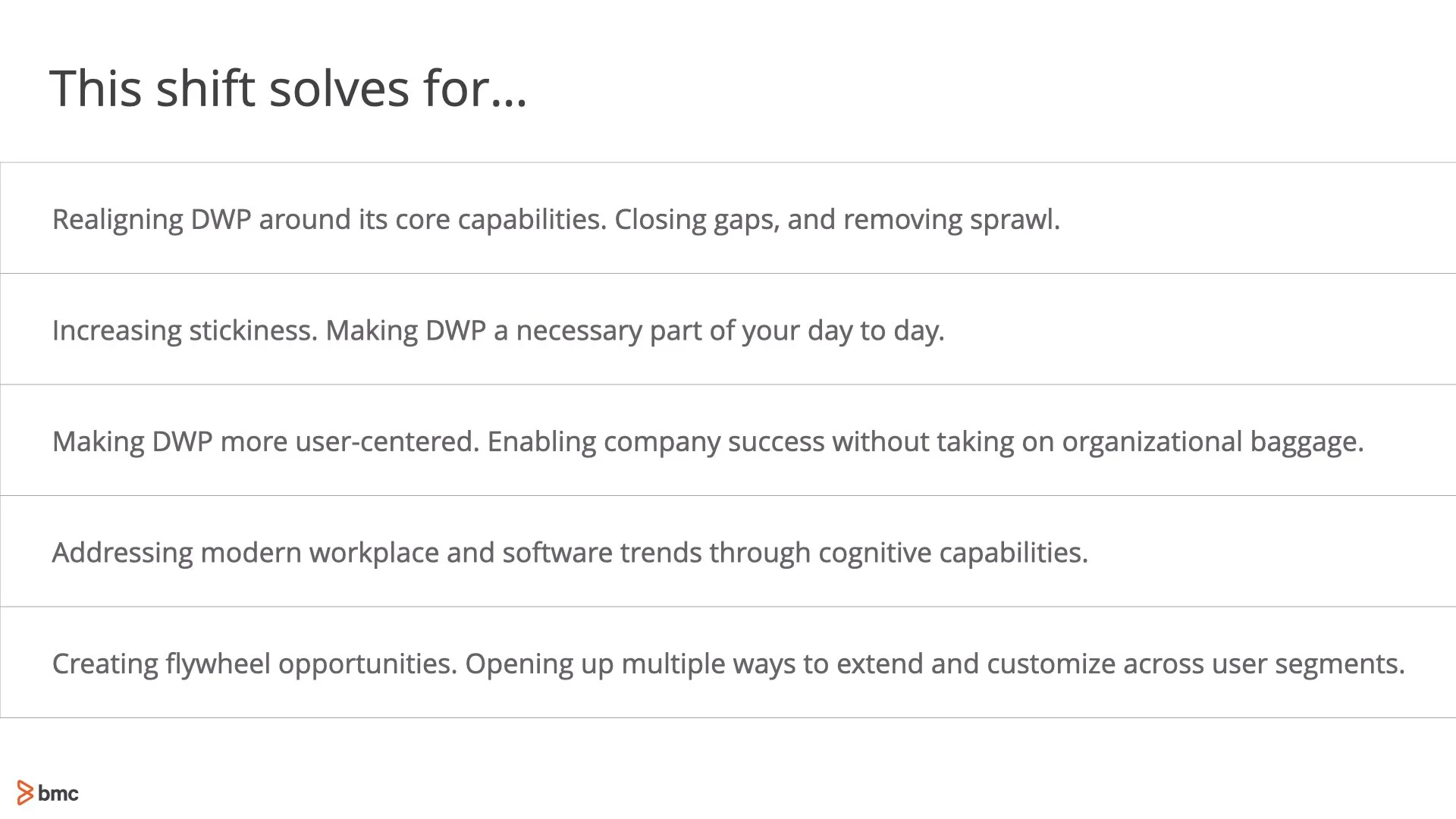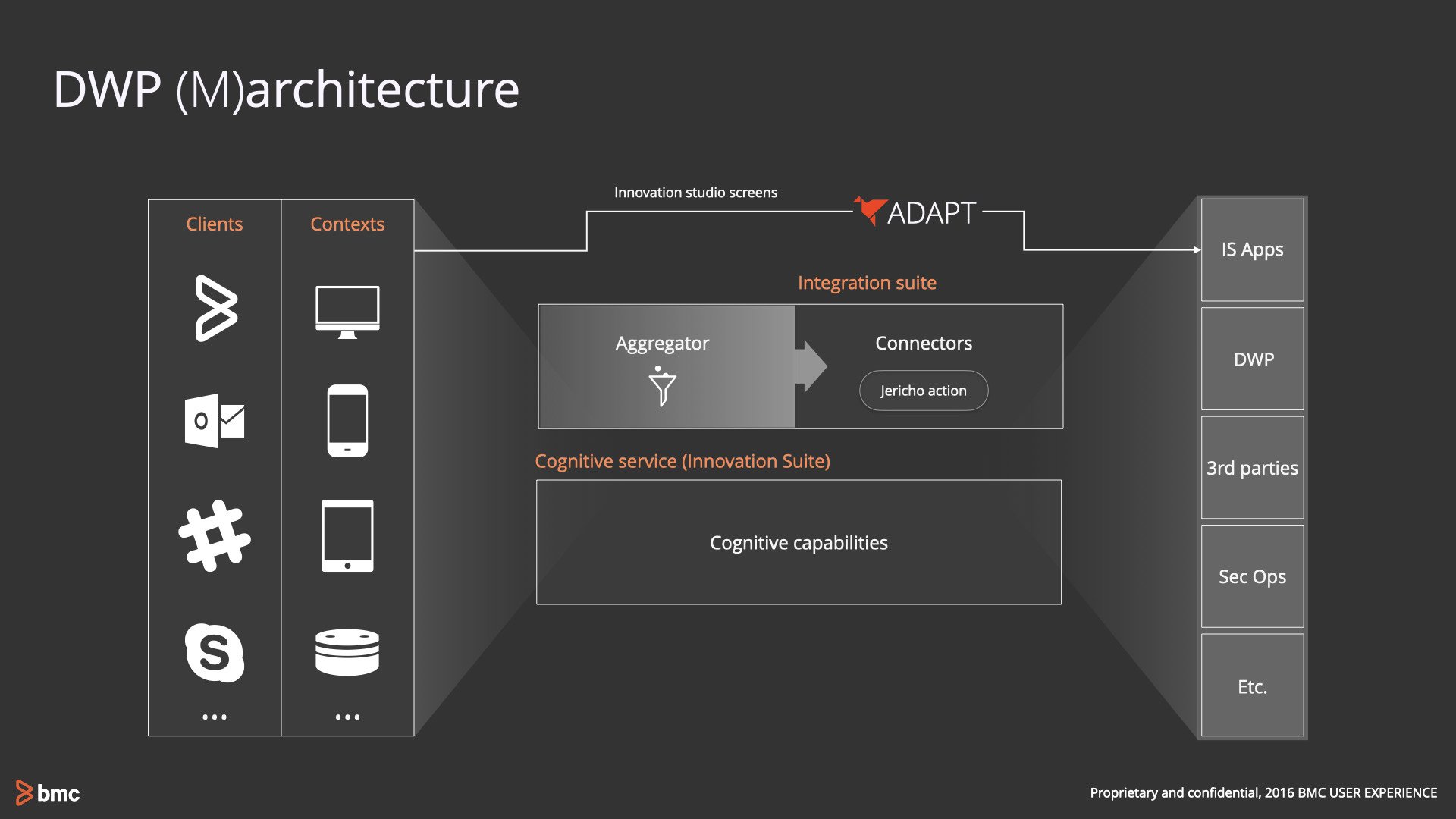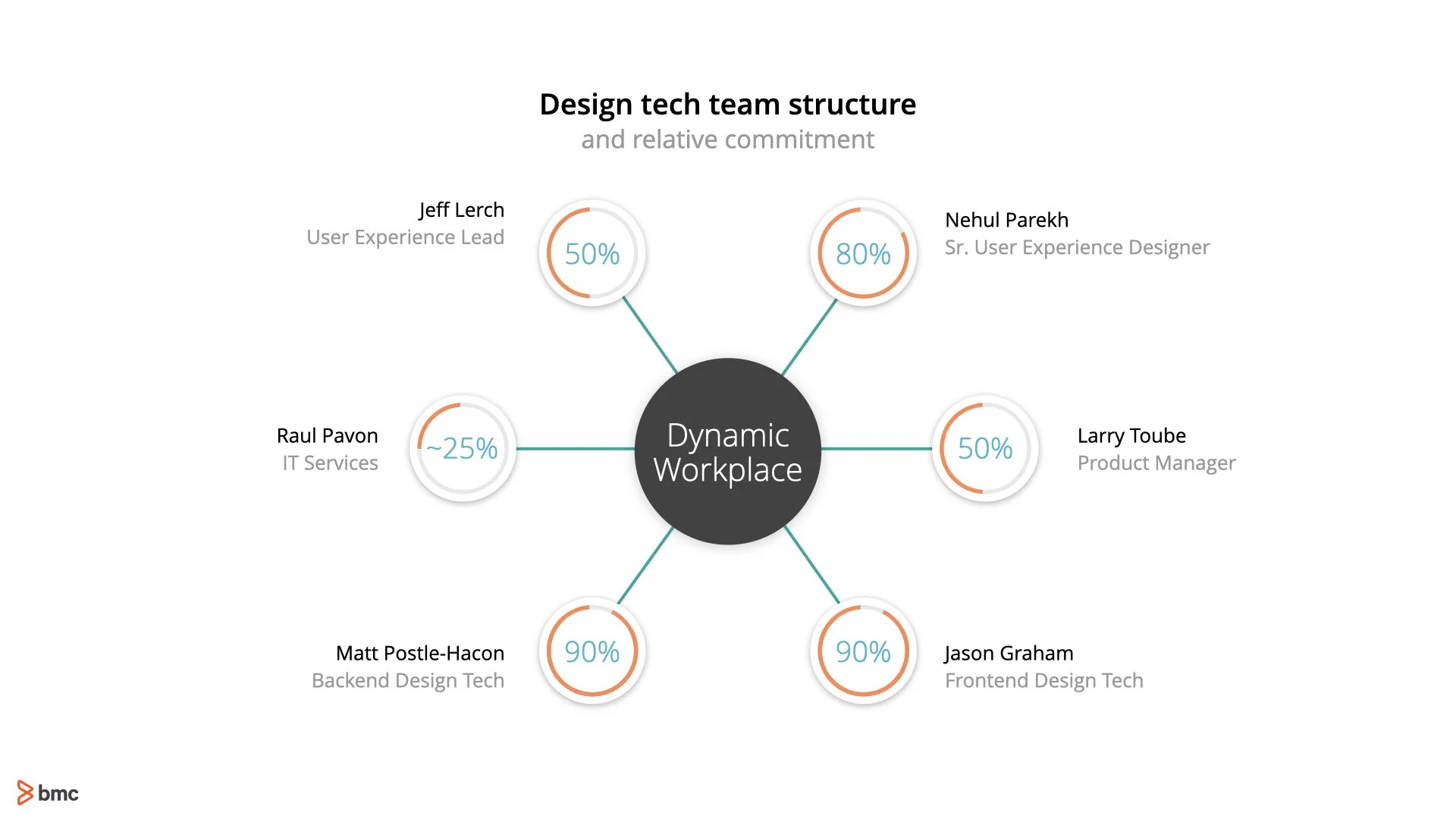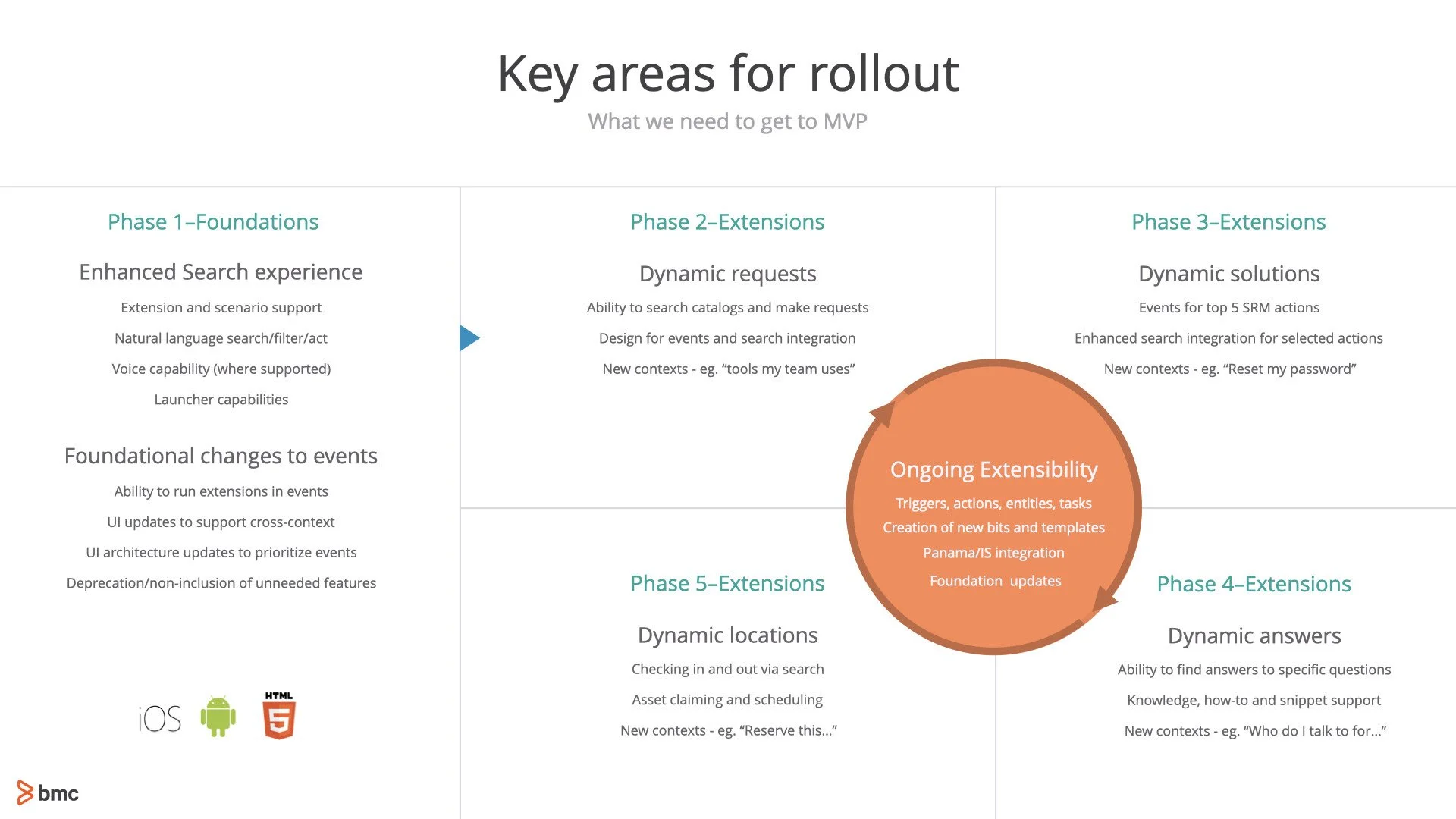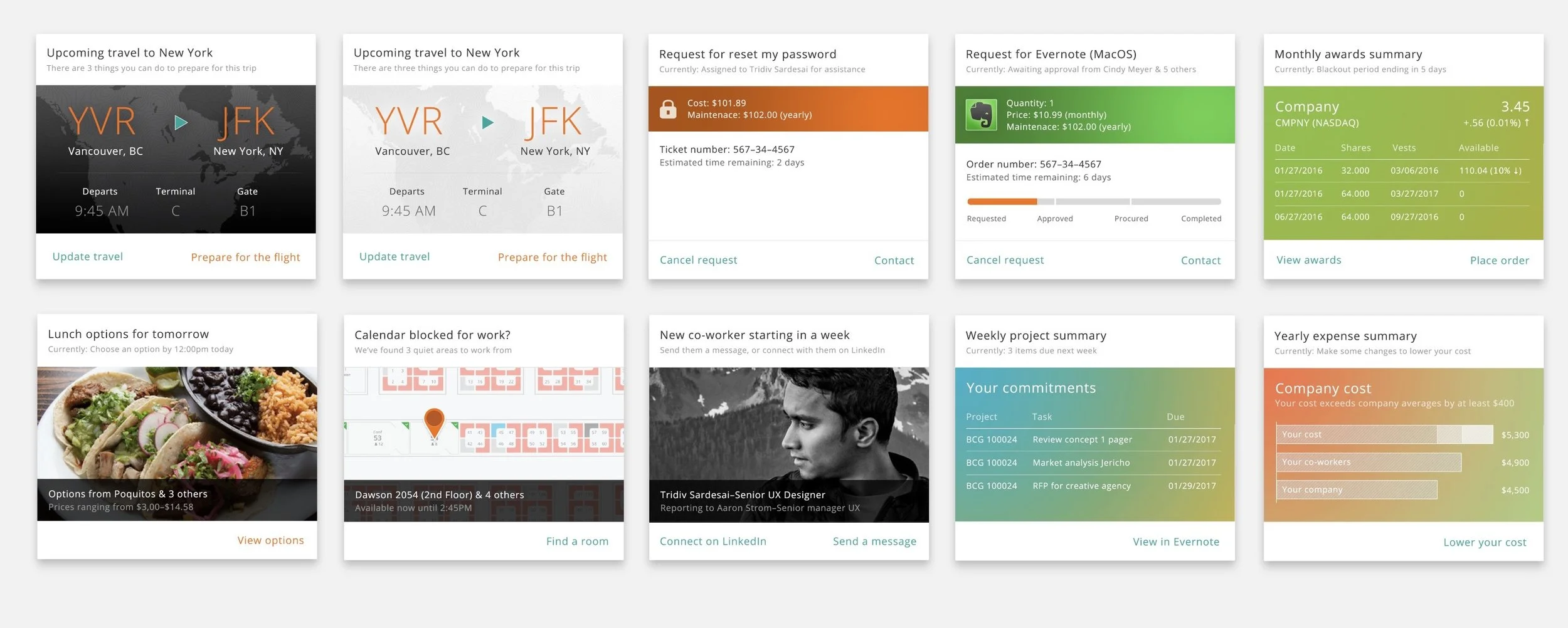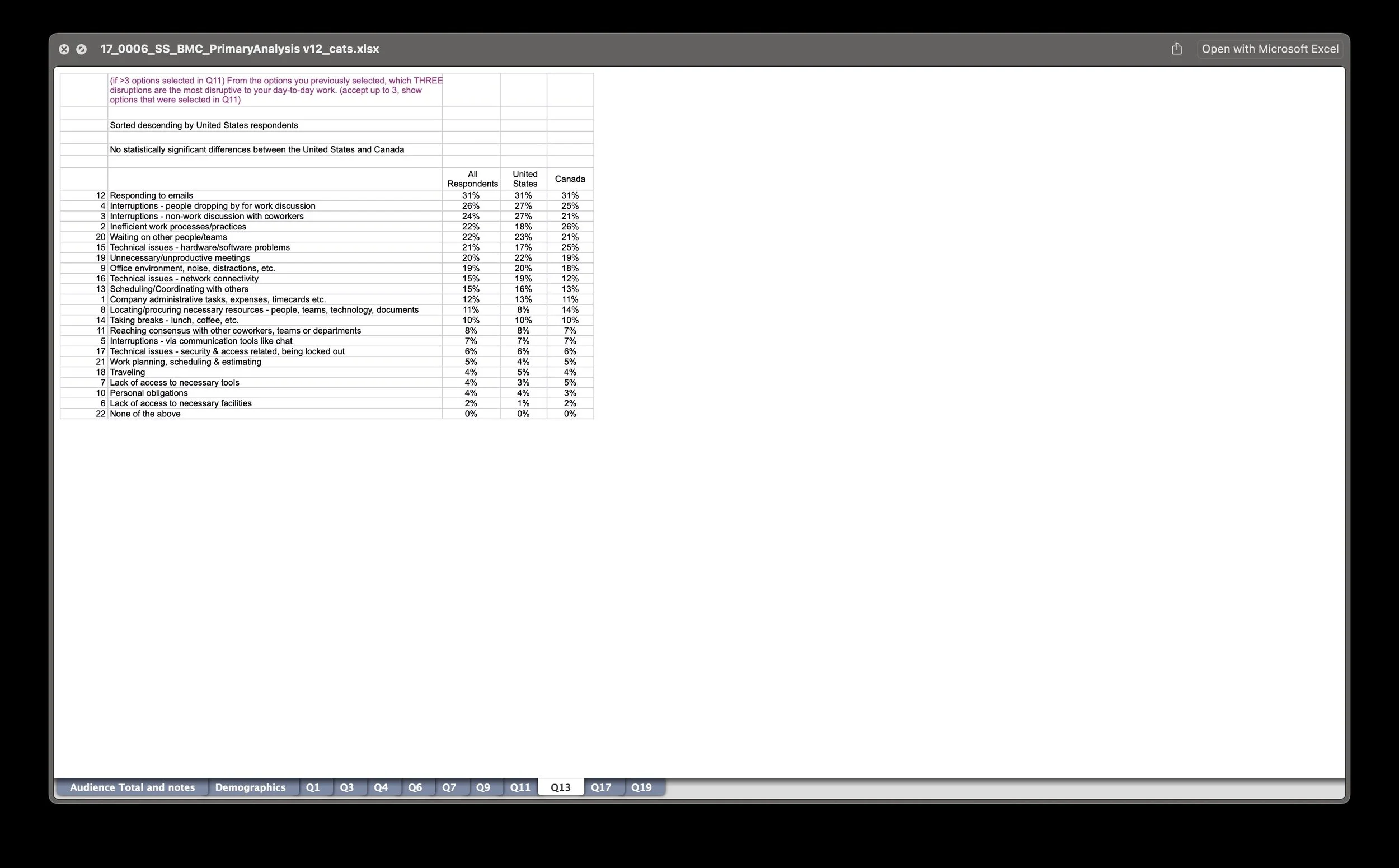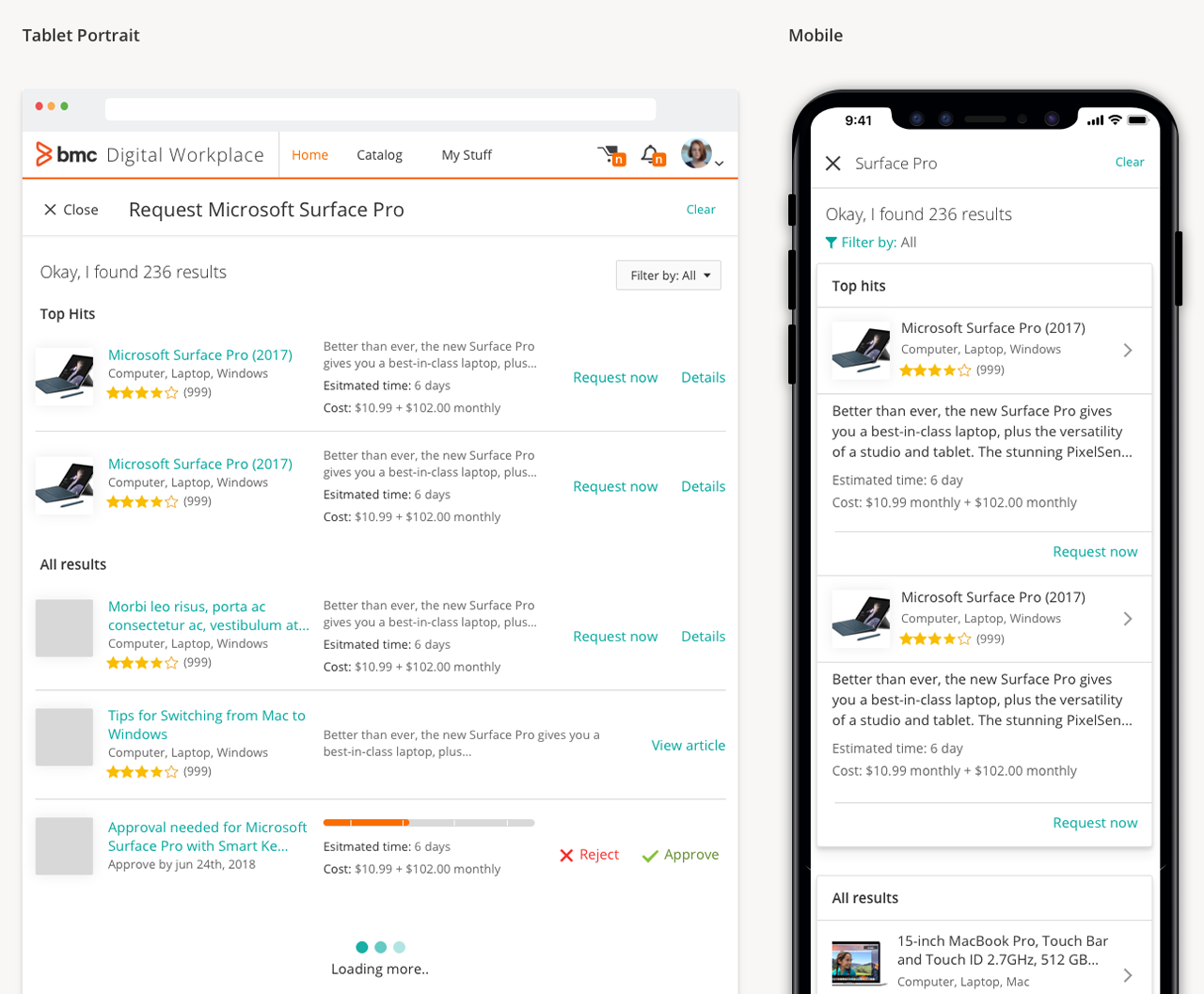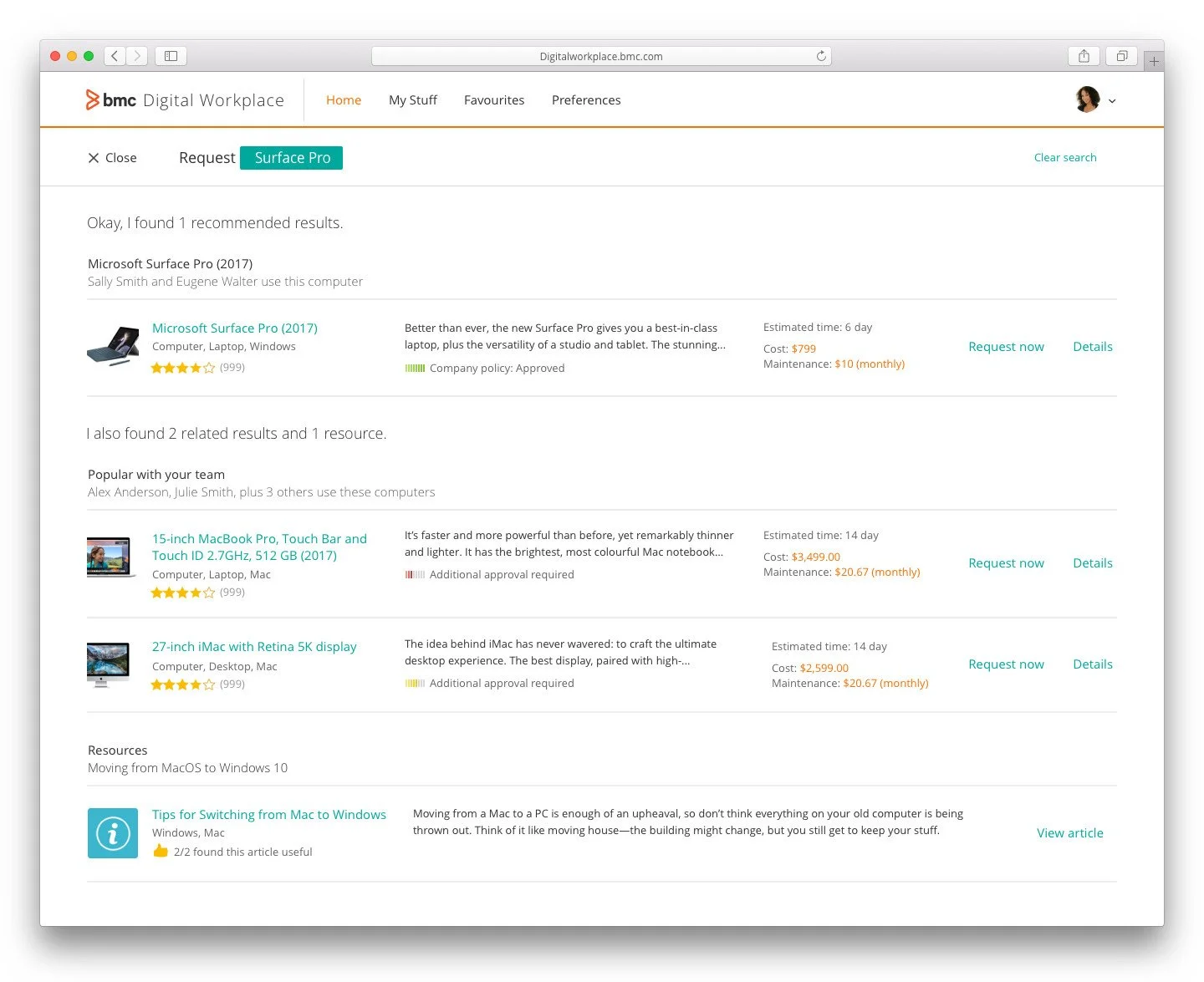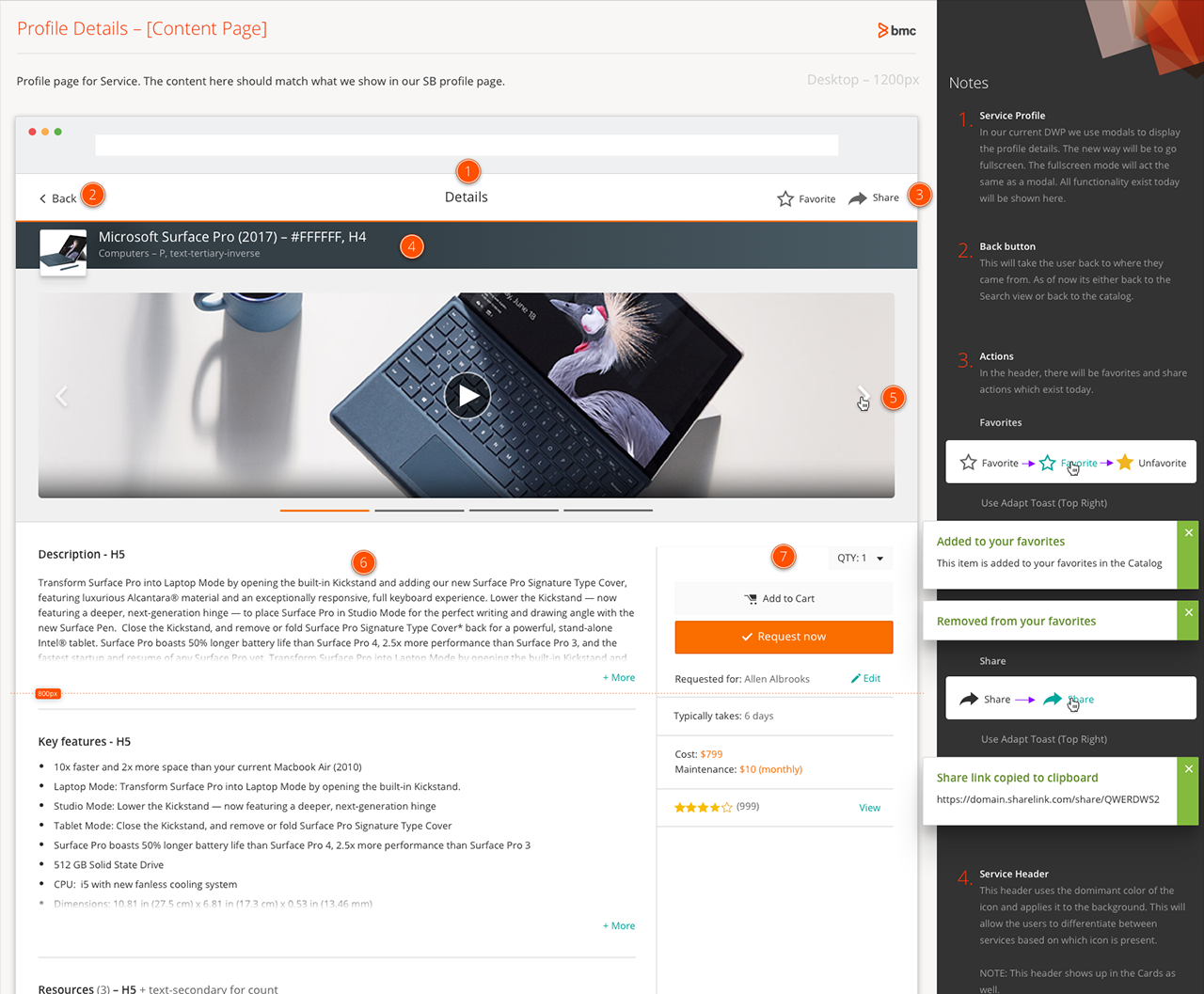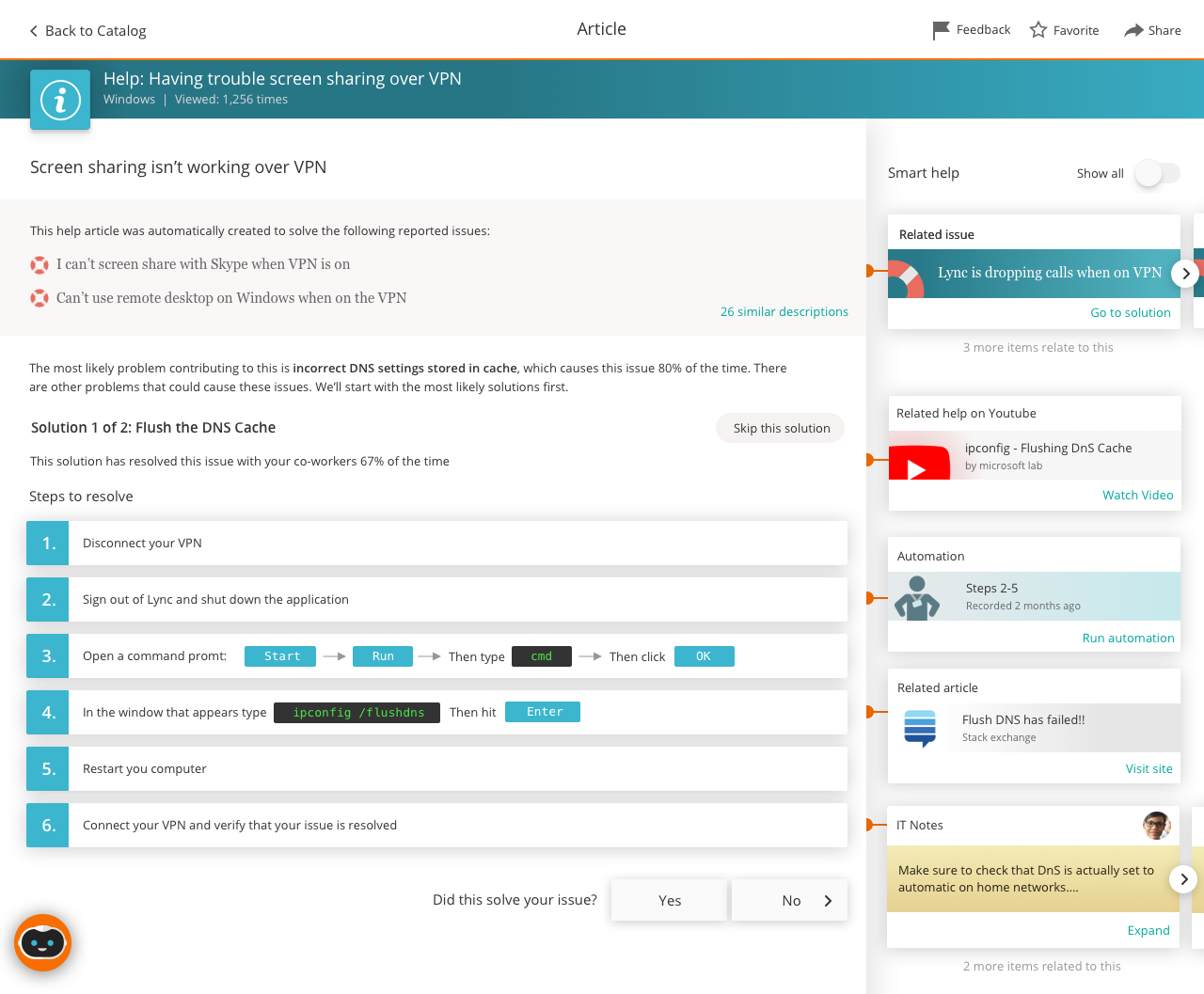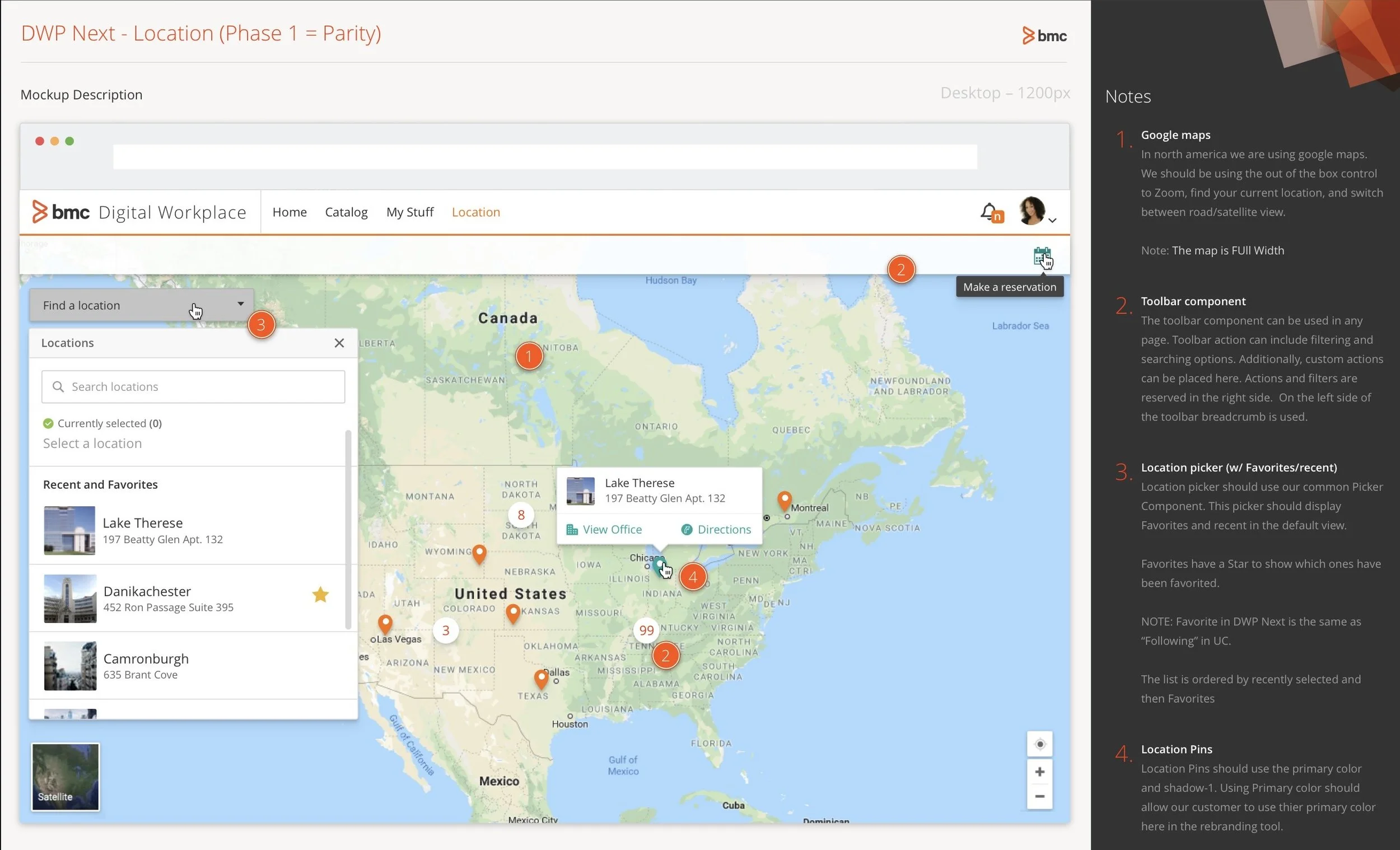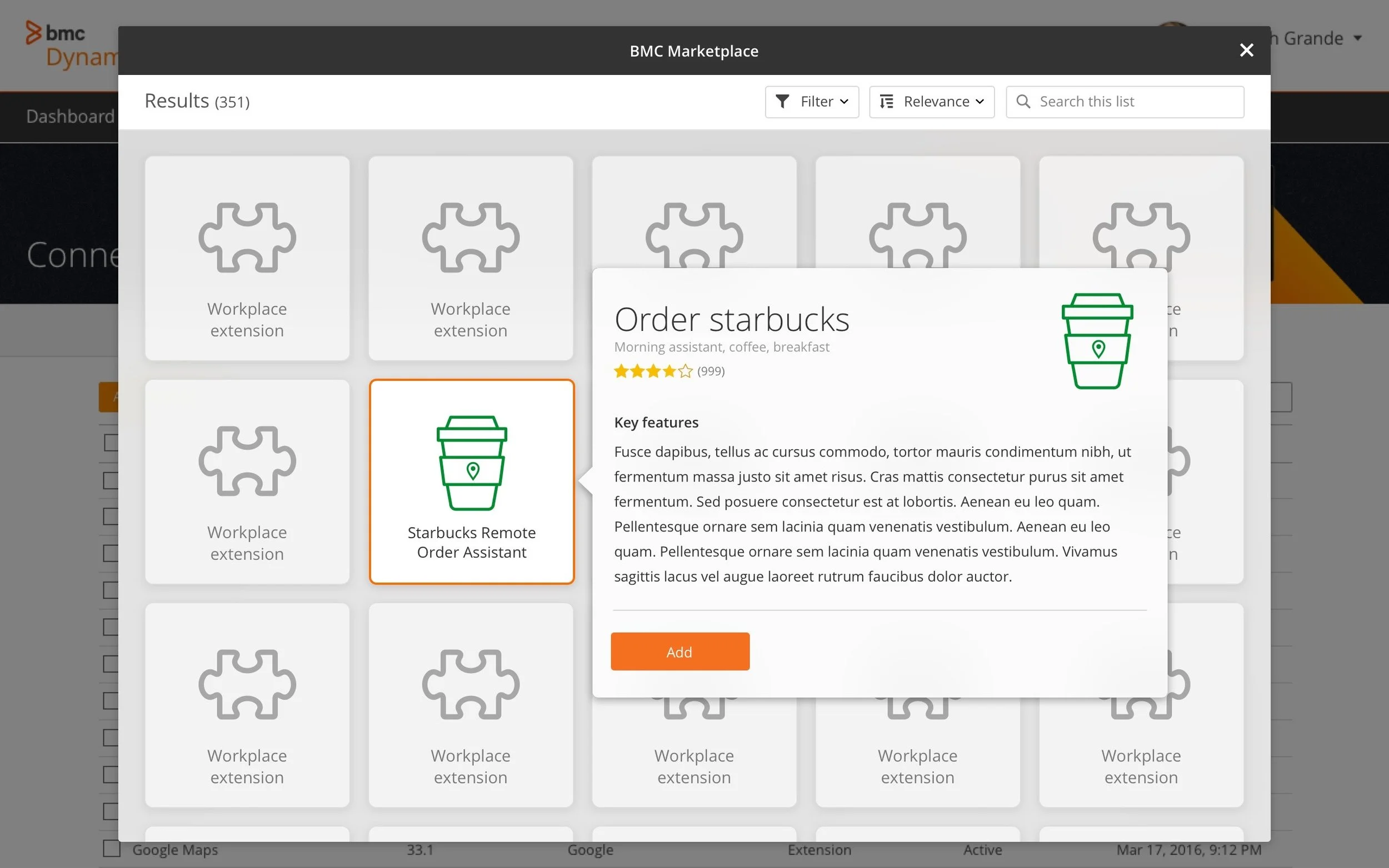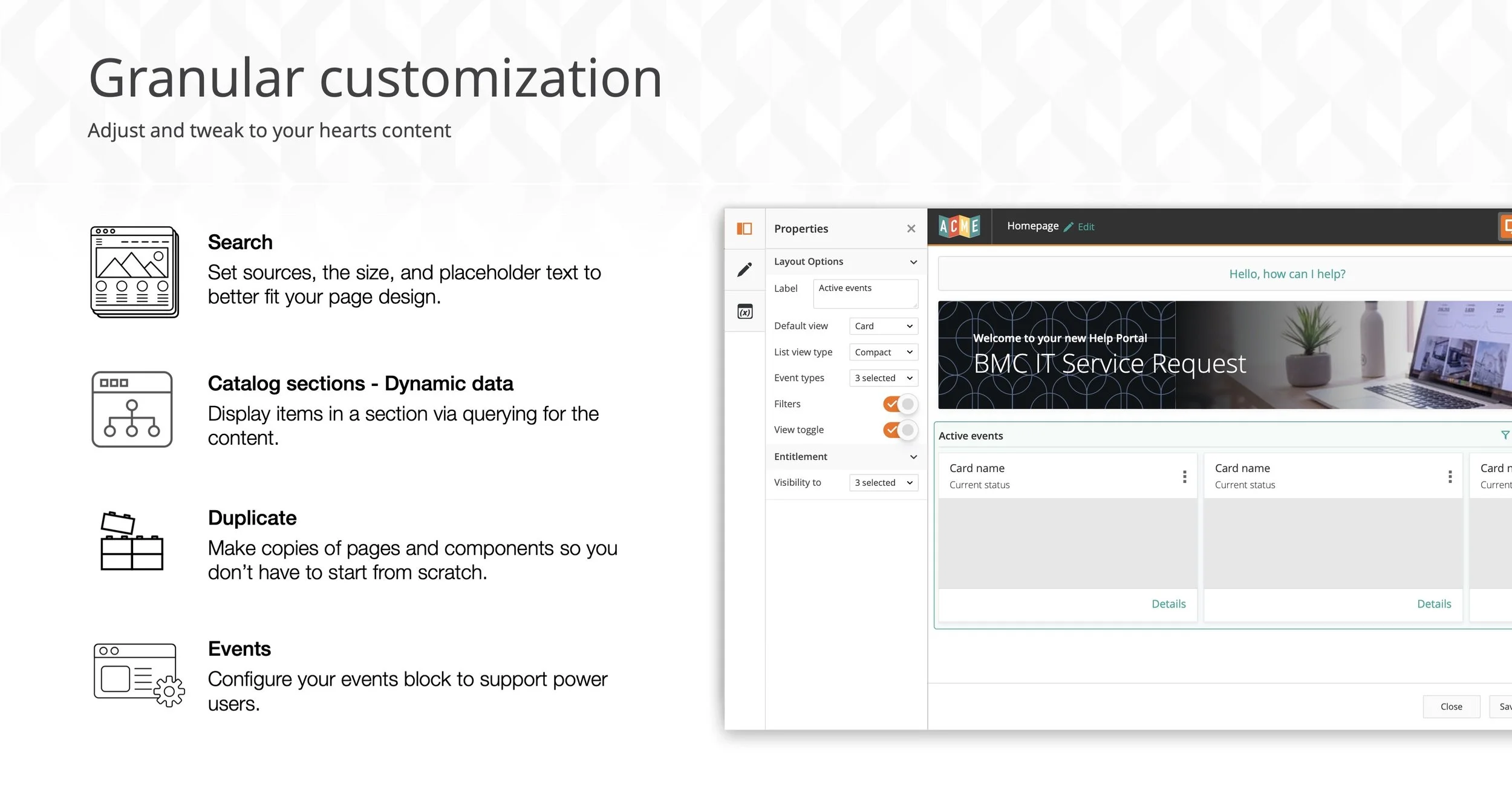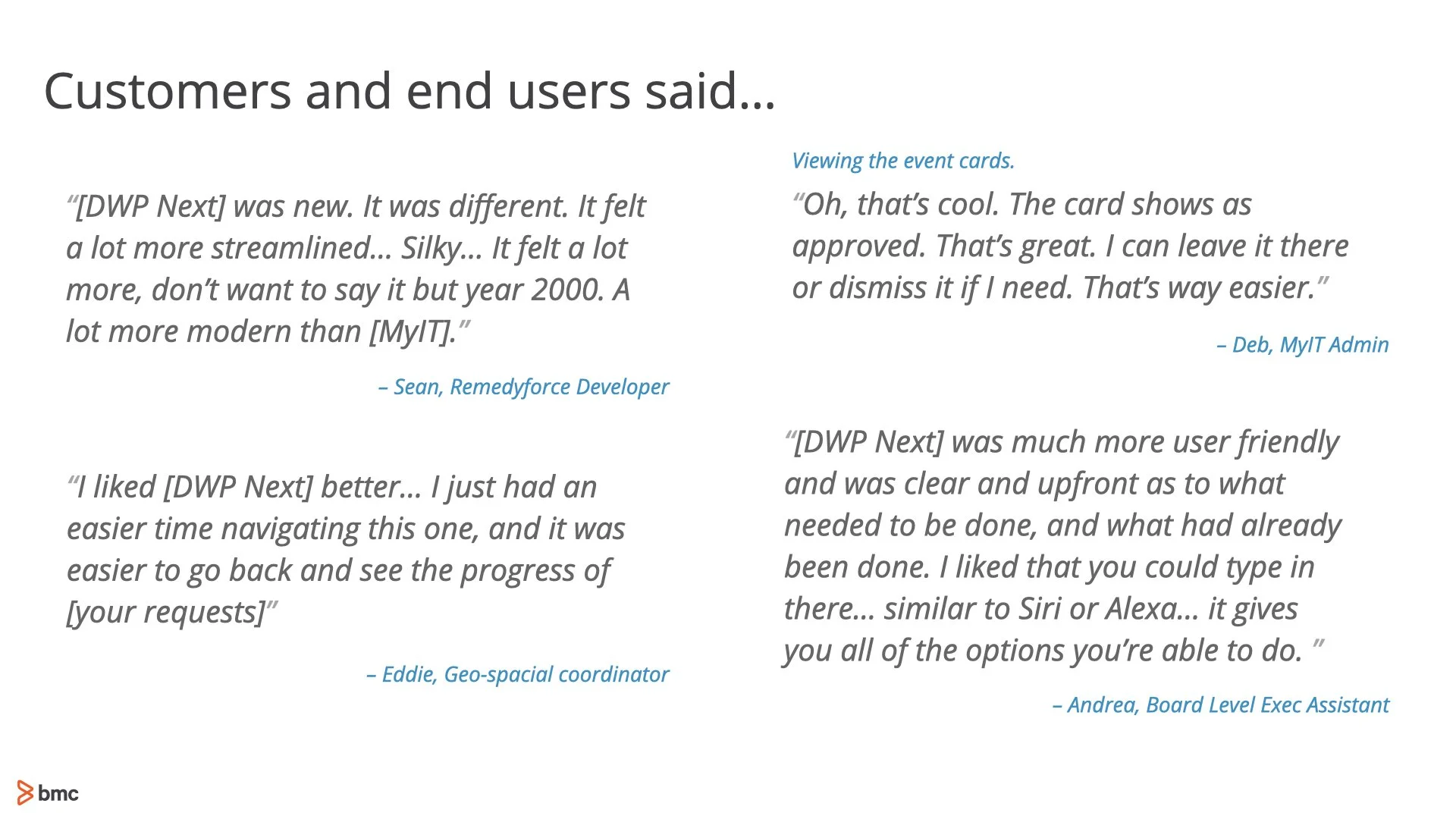Digital Workplace
Digital workplace is a service procurement system that allows employees in various office, field, and technical settings make and manage requests to, and from their company. The tool is used in a variety of contexts and settings ranging from standard office requests, to scheduling assets for trade shows, to managing maintenance requests for things like city infrastructure. This project walks through a semi-transformative redesign that we did to address a number of customer needs following a large gap project we did on the base product.
What were we solving for
During my first year at BMC, my team was primarily tasked with filling gaps between MyIT, a newly acquired startup, and its legacy predecessor, SRM. The project required a large amount of effort to get both products to feature parity on both the request and service administration side. By the end of the first year the team was able to fill most of the high priority gaps between the two systems, as well as create a number of meaningful enhancements to service administration.
That said, the work also managed to uncover a number of problems that would come up frequently across functions during quarterly planning sessions. Noticing the trends across teams, I worked with the director of product to turn the next session into a workshop, where representatives from UX, product, sales, and support would present any feedback or data they collected over the year, discuss trends, and then work together to define what next year’s version of the product would look like.
Goals
Re-establish MyIT’s core capabilities. Close necessary gaps and prevent sprawl.
Increase MyIT’s stickiness amongst the workforce, making it a necessary part of their day to day.
Re-prioritize end user needs over department initiatives while still enabling company success.
Proactively address modern workplace and software trends, like AI, BYOH/S, Geo, and machine learning.
Kick start the flywheel by providing multiple opportunities to extend and customize across user segments.
The work
Discovery
Almost all areas of the product team had been gathering insights, either through research or field work with specific customers over the last year, while the new product was catching up with its venerable legacy counterpart. Many of the issues that were brought up spoke to similar problems, but from different perspectives. Some examples of common issues that frequently came up include:
Systemic issues with usability, largely related to carry-over from the original product
A model that only promoted use when something went wrong, negatively impacting user sentiment, while also making cost justification and upsell difficult
Infrequent use combined with a dynamic catalog system creating findability issues for users and ticketing issues downstream
Catalog creation capabilities that tended to bias department needs over user needs
Rigid UI paradigms that either didn’t quite fit company needs or required modification to get around
As part of the workshop, I worked with the team to synthesize these, and other, issues into themes, translate those themes into goals, and then use those goals to define a future state for the product that met those objectives.
Concepting
Initial concepting for the project was done as part of some stand-alone project work the team was doing for HR onboarding for new employees. This allowed the team to deliver against a known customer pain-point in a way that wasn’t possible on the existing platform, while also testing out some new approaches. It also allowed the team to move on a concept with fairly low impact, as the team didn’t have time in the early schedule for discovery.
The onboarding product was well received by new employees at our three advisory customers, and also helped drive forward a number of sales leads among potential customers we were in negotiations with. These successes lead to it’s full inclusion as part of the product roadmap. Also important, the development and testing of the onboarding product provided the team with a framework they could use to develop ideas against the Dynamic Workplace (now, Digital Workplace) product positioning.
The team started with broad exploration against the original goals, leveraging the “events” oriented framework established in onboarding as a key concept. Ideas were taken into Concept Value sessions with customers, and users, for further iteration. This process was time-boxed to four days, with three designers (including me) working together in coordination. Ideas were formally presented on the fifth day to the rest of the team, though stakeholder interaction occurred throughout the process.
The concept designs above were refined over a series of iterations with internal stakeholders, and then reviewed in sessions with our customer advisory board. Feedback from those sessions was used to prioritize concept features, simplify the system’s architecture, and develop the project plan.
Execution
Project execution was done in quarterly phases, with development for the foundational experience planned for the end of the second quarter. Utesting and Customer advisory boards were leveraged throughout to help course correct execution and prioritize effort. Additional work on top of those core capabilities were ongoing, and made up a portion of the roadmap each quarter.
Early prototype that the team created to test out the Search to Events flow.
DWP Customizations for different industries and use cases

Outcome
DWP launched in 2016, and took about 6 months in order to fully roll out across our total customer base. While this leaves things open for a history effect in the data we collected around outcomes, we do know that the team saw a two point increase in NPS over eight months, as well as a number of major new sales (8) and renewals as a result of the new events functionality. The anecdotal feedback was also positive, with most negative requests largely oriented around adding more to the experience. Events themselves rolled out with five, and then later ten examples for common use cases, the password reset event alone removing around 2,500 tickets a month on average per customer based on SRM logs. Enabling user generated events took a while longer, as our low-code editing product, Innovation Studio, needed to work through a more simplified version of their toolset so that BAs could author, deploy, and post new events. This functionality launched as I was transitioning off the team, but allowed corporate users to both author events, and have more control over the landing experience within DWP. Eventually the builder functionality also allowed us to transition the catalog view into a fully fledged corporate portal builder, driving even further engagement from users and simplifying the infrastructure mix for many of our customers.
Outside of DWP itself, the project also served as a catalyst for the UX team. Seeing our success, executive leadership in service management reached out to the design org to repeat the process, but this time across the whole division. This ask eventually became the Helix initiative, which was a broadly scoped project aimed at preparing the service management org for the future. The project also saw the team developing the initial foundation of our design system ADAPT, which was a program I would lead as its head from 2016 to 2022.
Summary
Tangible outcomes
Increased sentiment and ~50% increase in service request efficiency in repeated comparative usability tests with MyIT (4 rounds, n=12)
Two point increase in NPS scores for service request management in the 6 months following upgrade
Launch of 10 new events in the 6 months following the release of DWP foundation, 8 internal and 2 end user oriented
Password reset event removed 2,500 tickets a month from queue on average, for customers we were able to track
Positive anecdotal feedback from customers in CABs and 1:1’s. Most negative feedback related to new feature requests
Heavy use of password reset, hardware refresh, and, costing, indicated potential for flywheel generation with more work-life events.
Impact
DWP’s use of events expanded into other areas across DSM, like ticketing and monitoring
Expansion of Innovation Studio product to include event creation and, eventually, portal creation in DWP
DWP’s success led to the UX team taking point on the division strategy for Helix, which was spun off BMC as it’s own company in 2024
Components created during the redesign led to the creation of ADAPT, BMC’s design system, which I led until 2022


